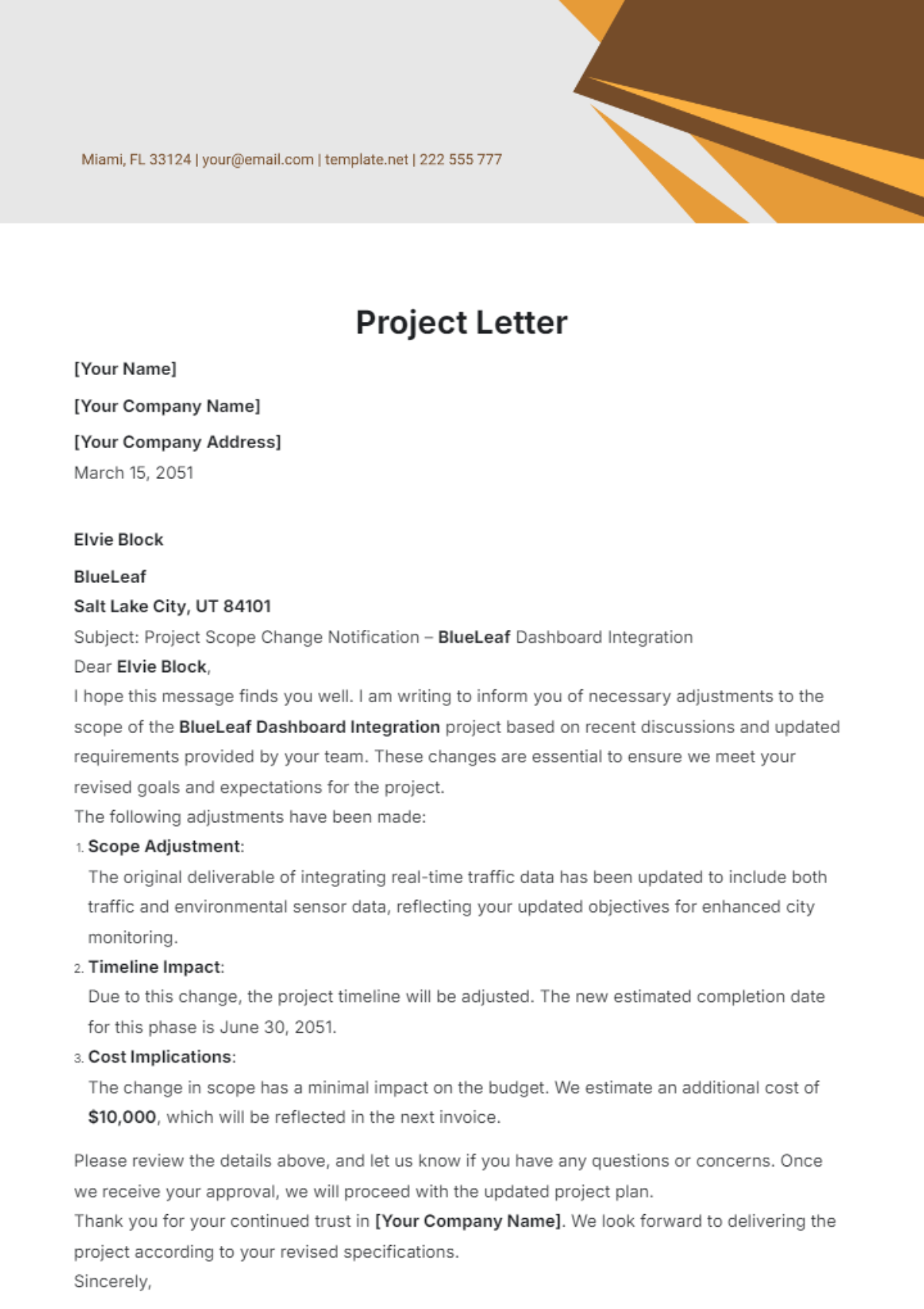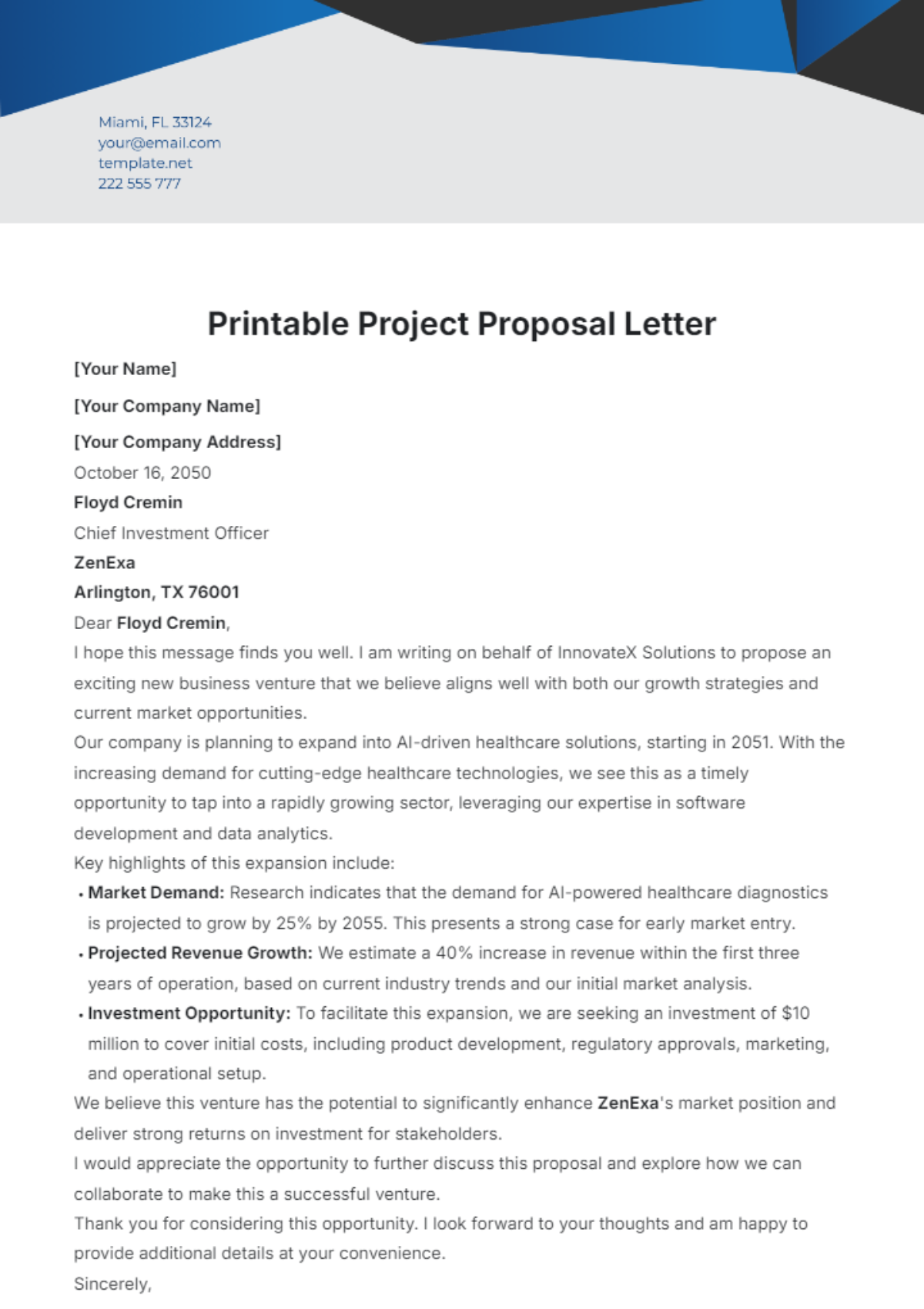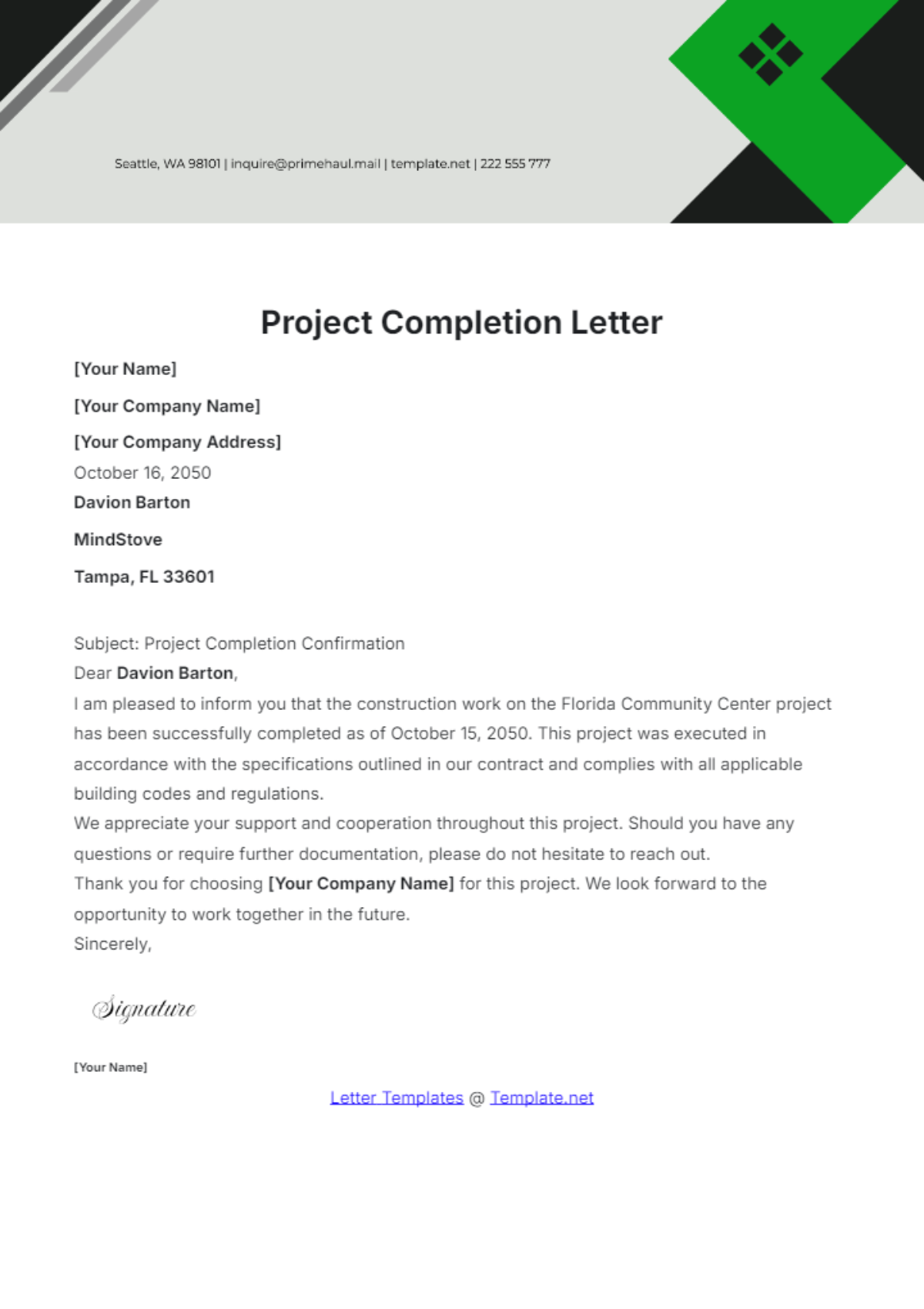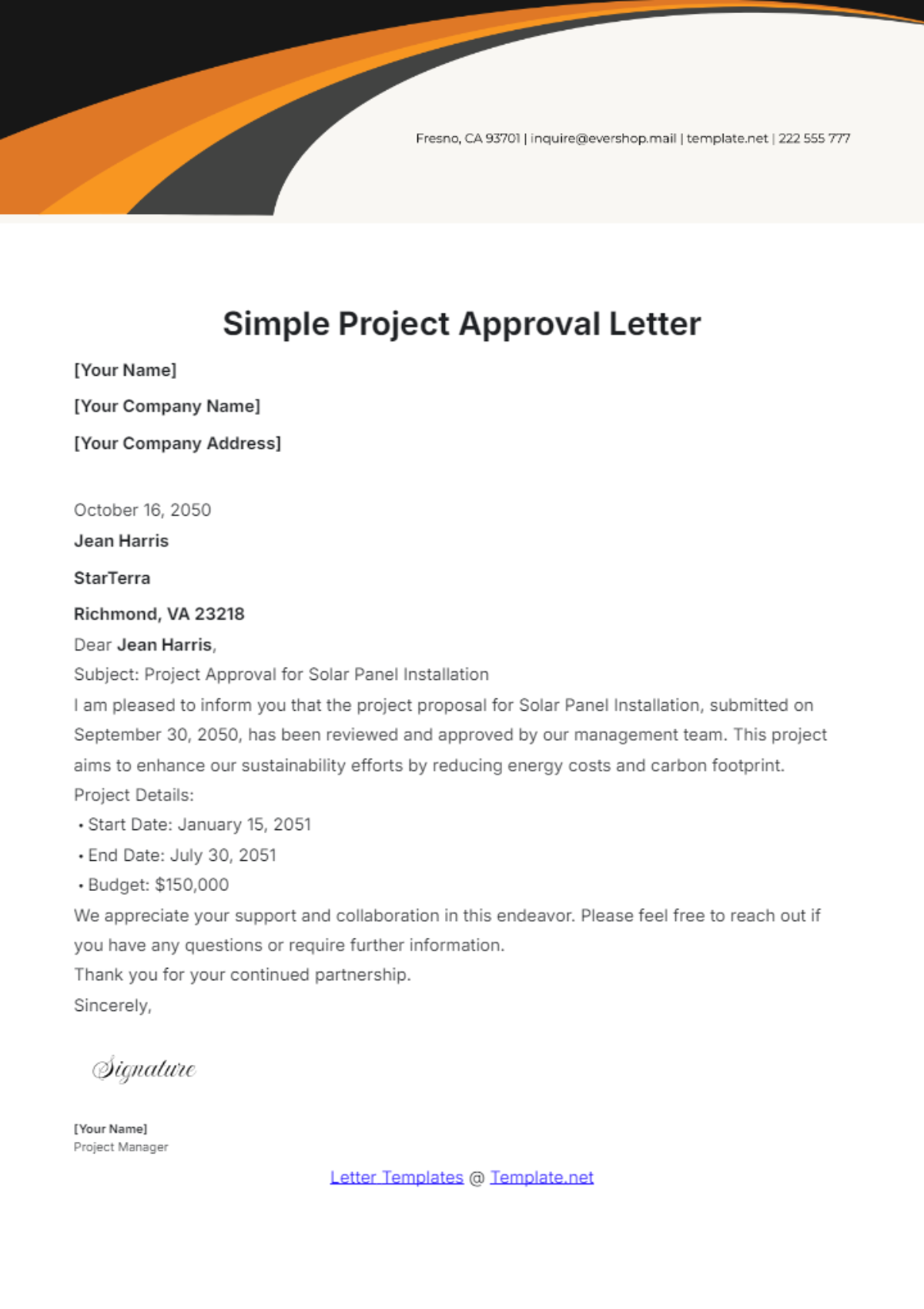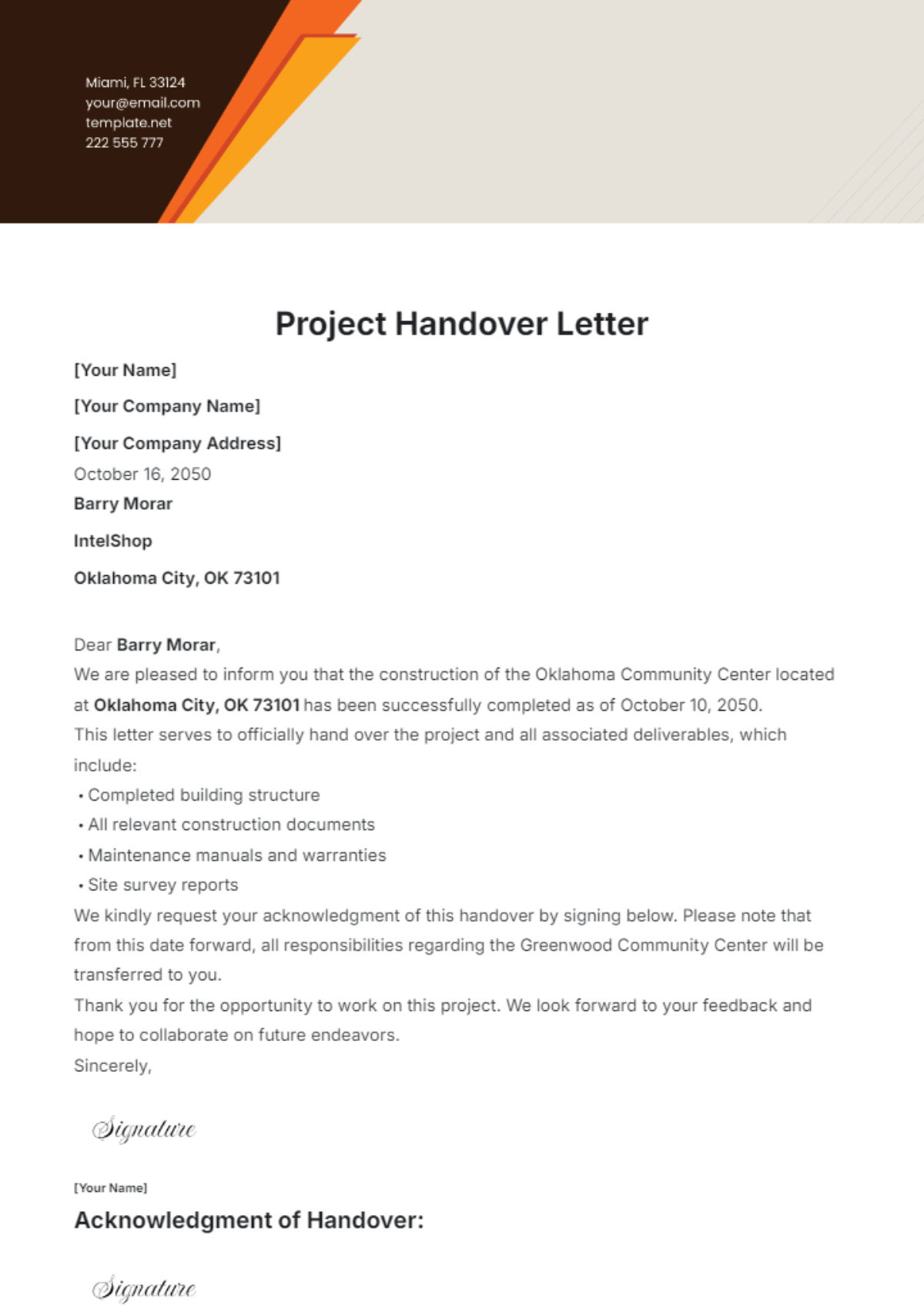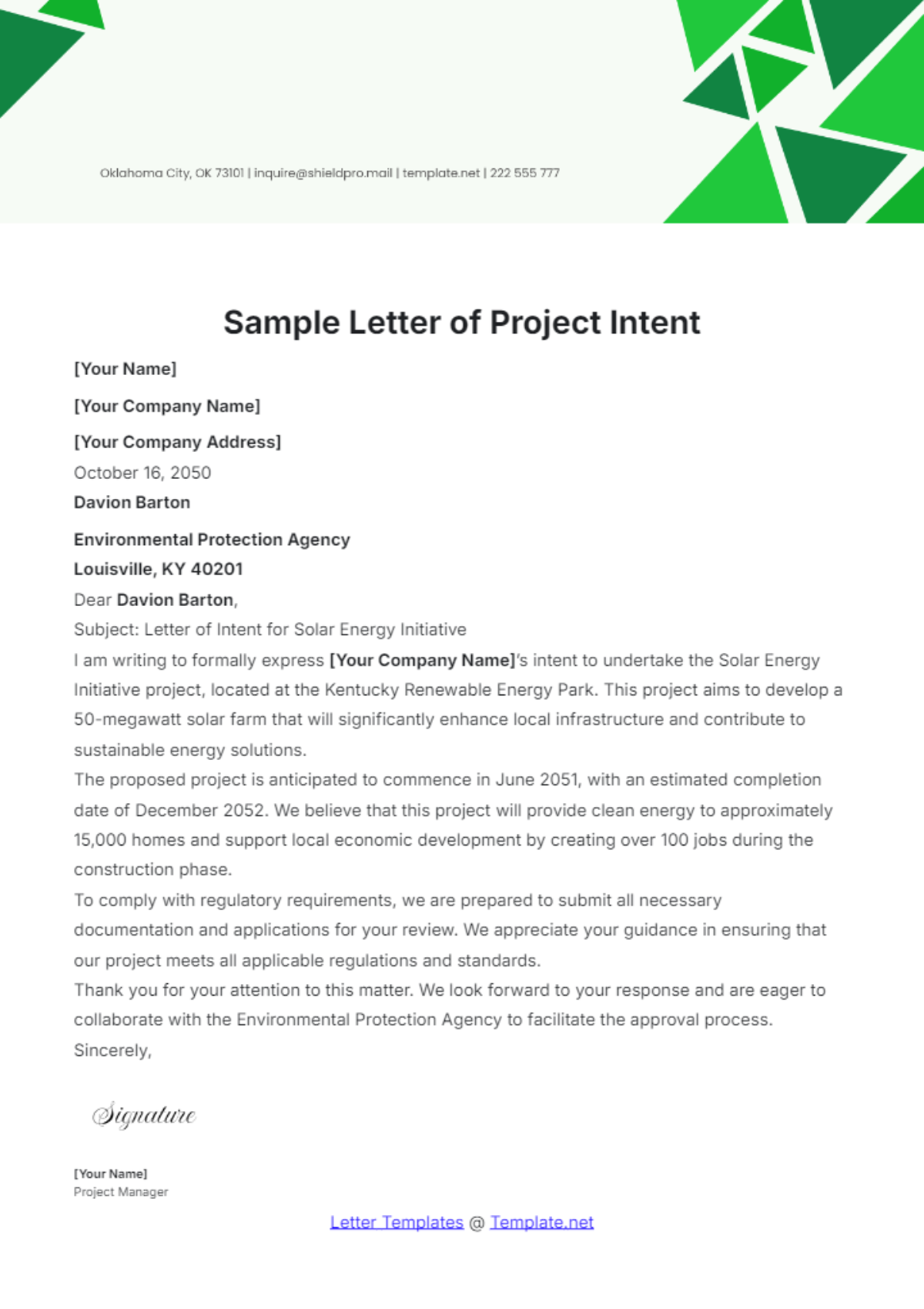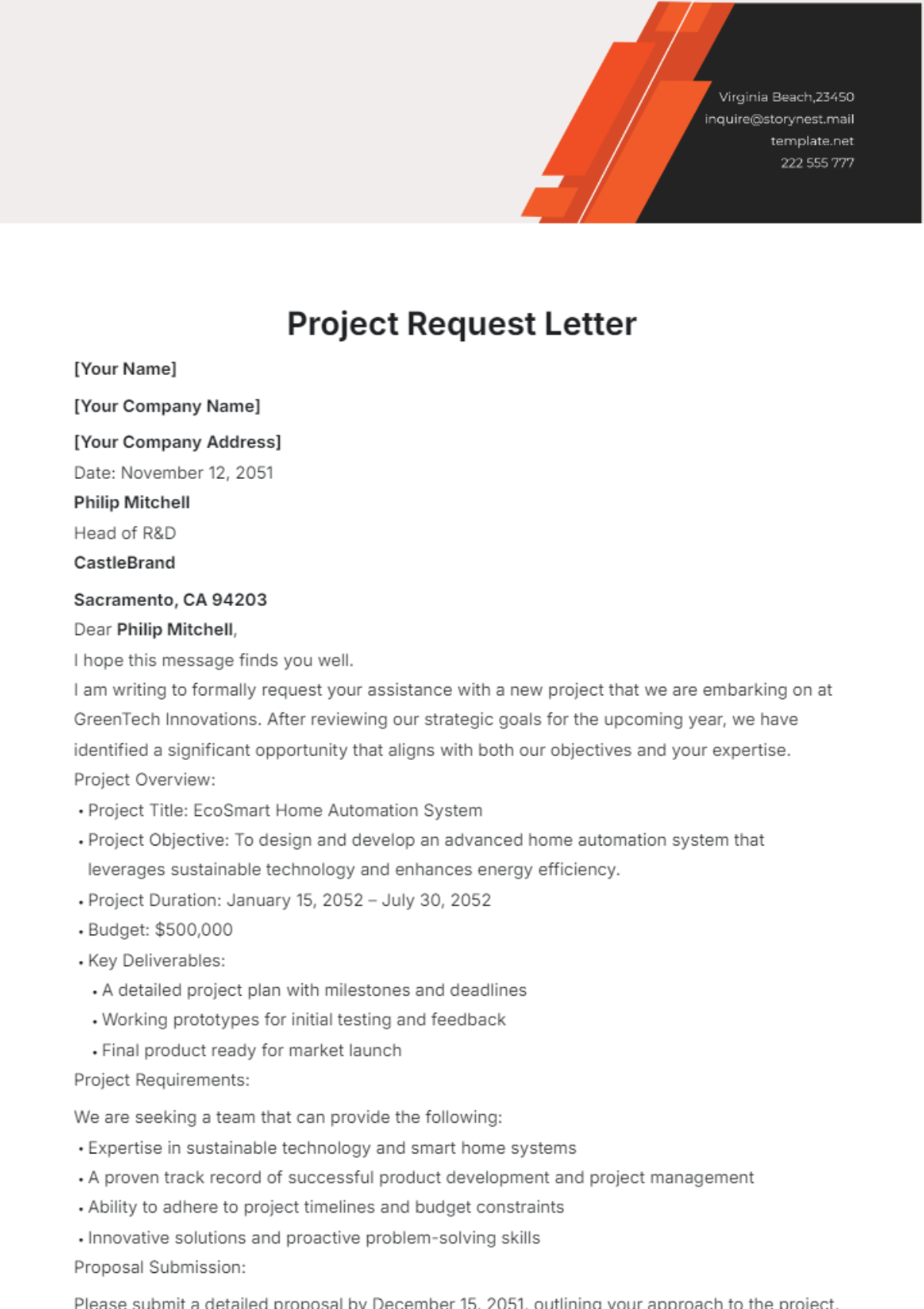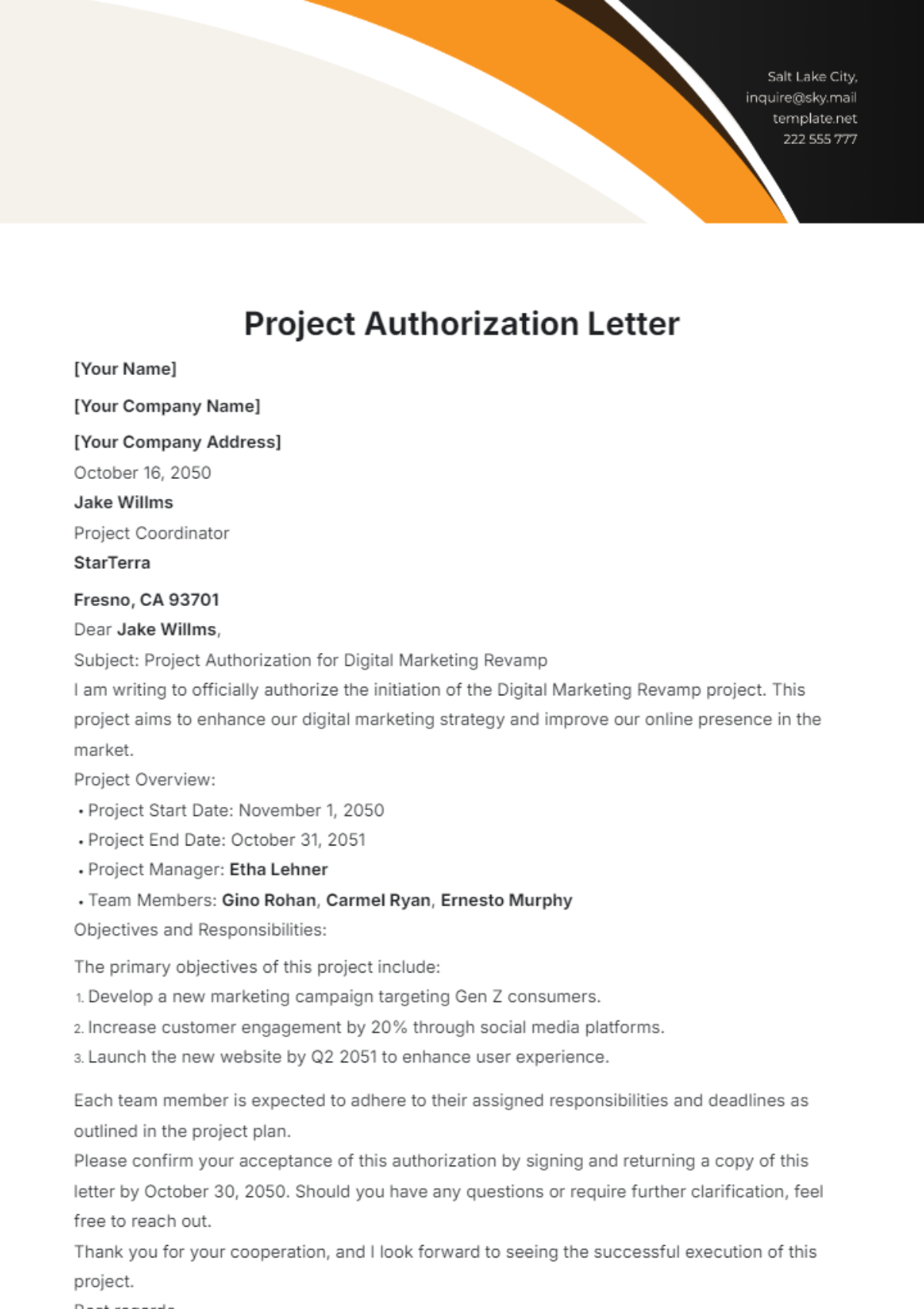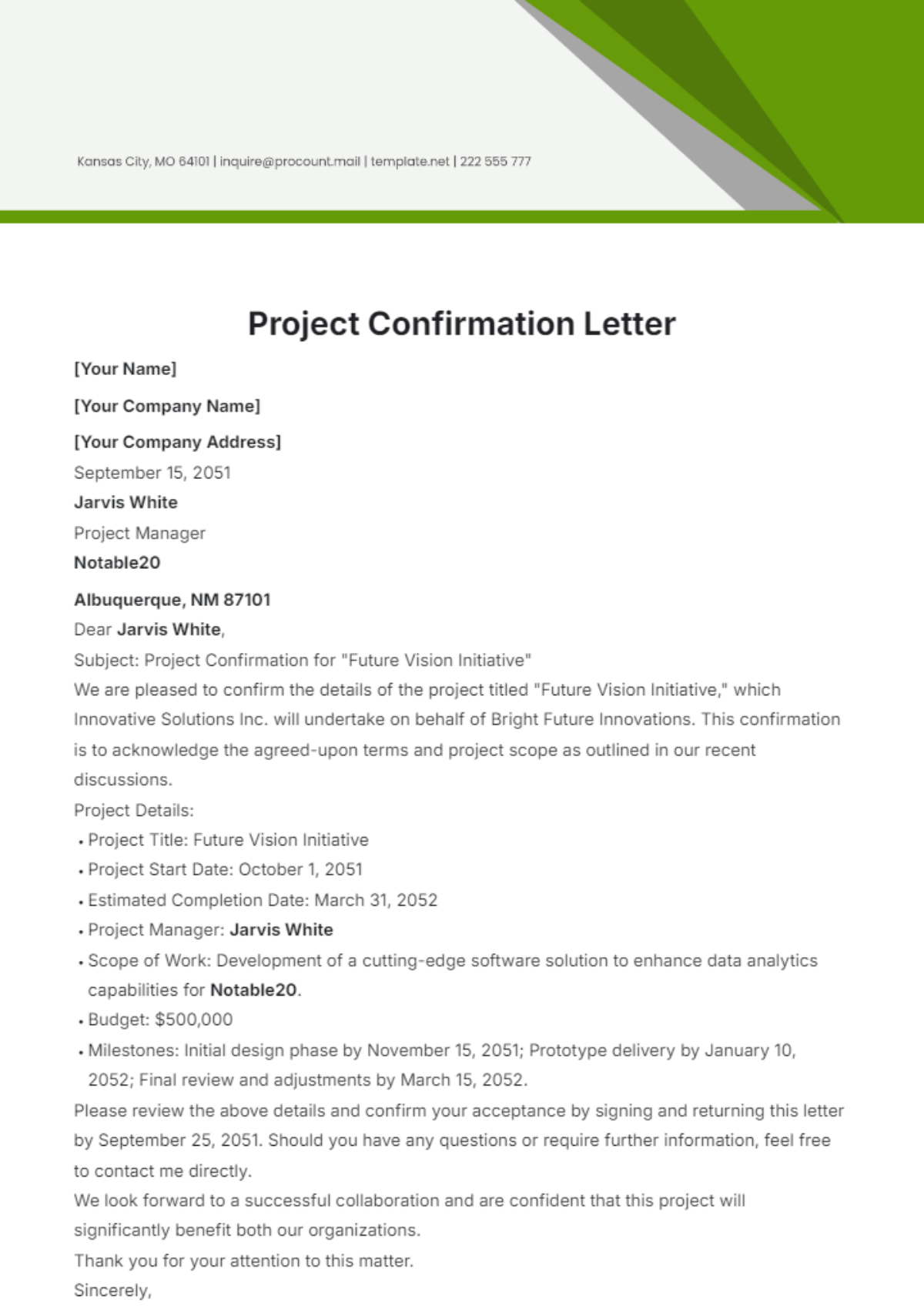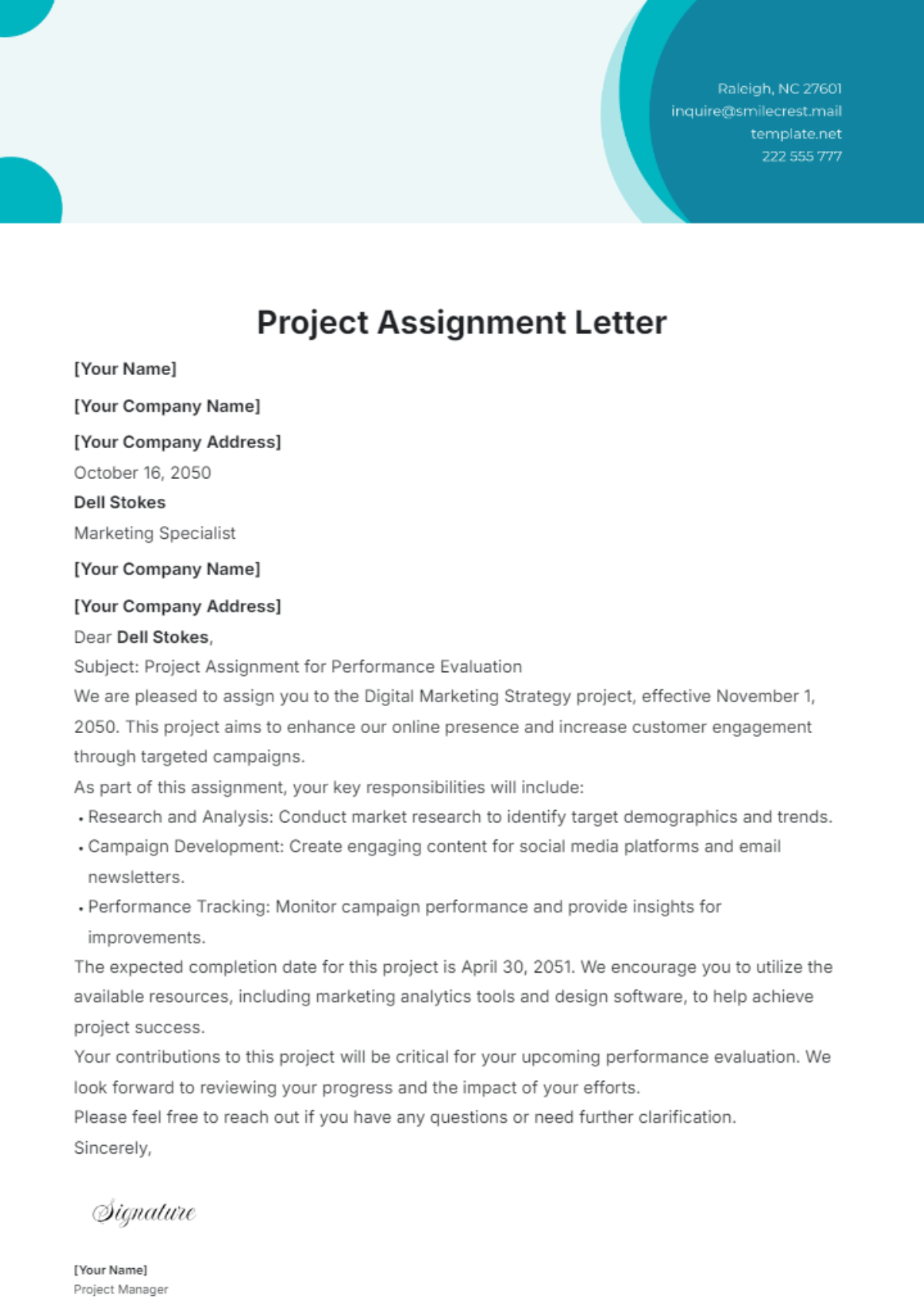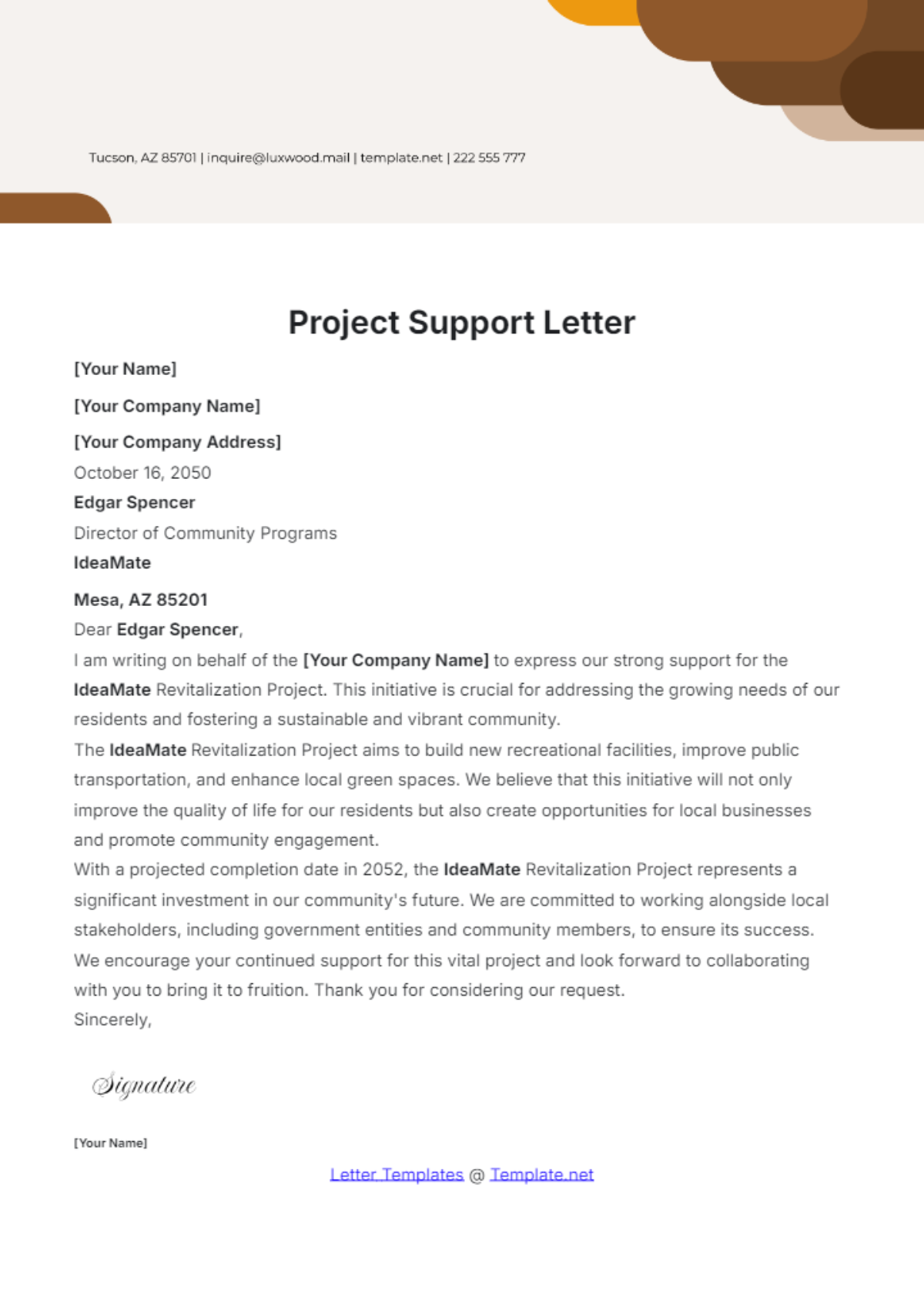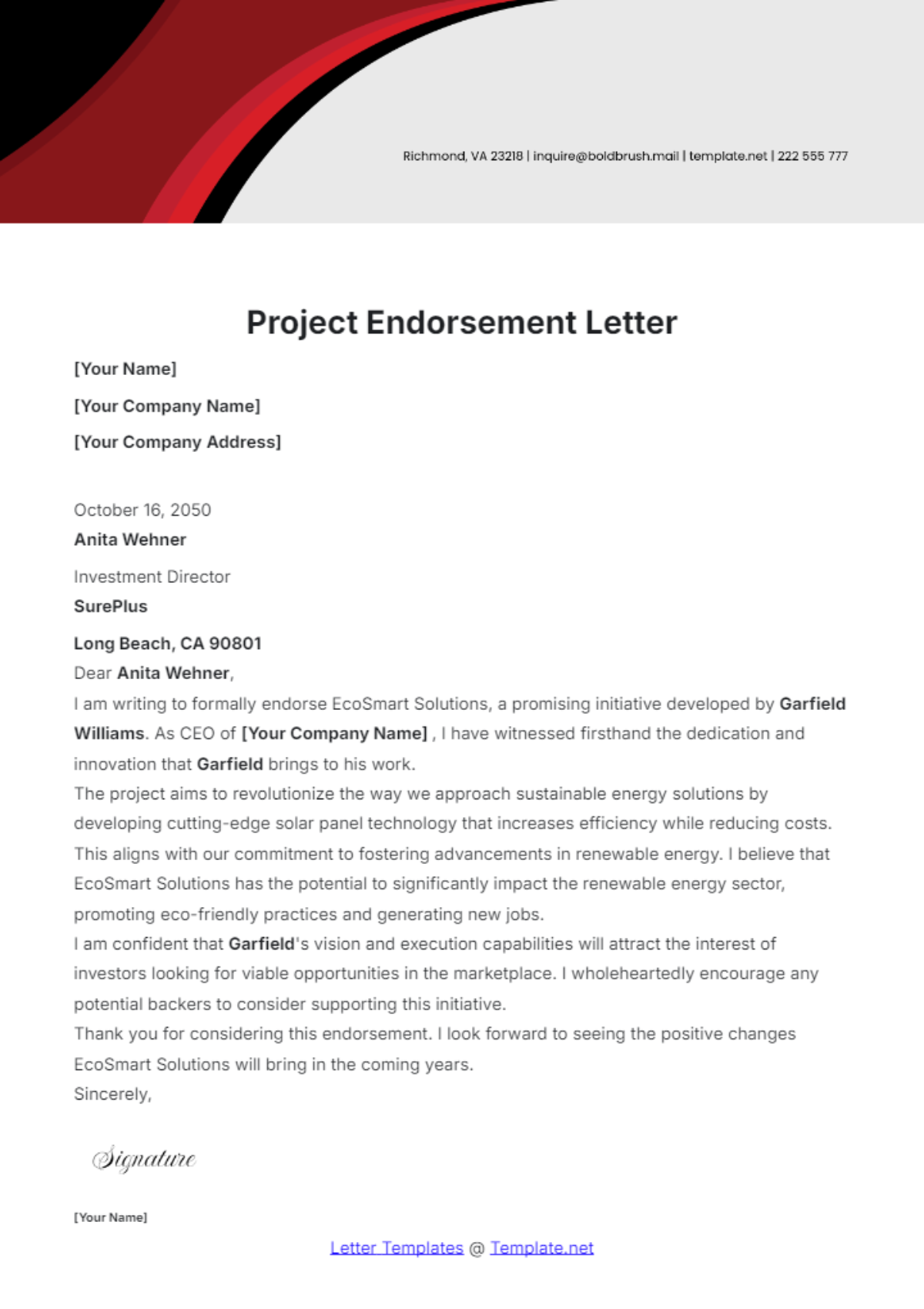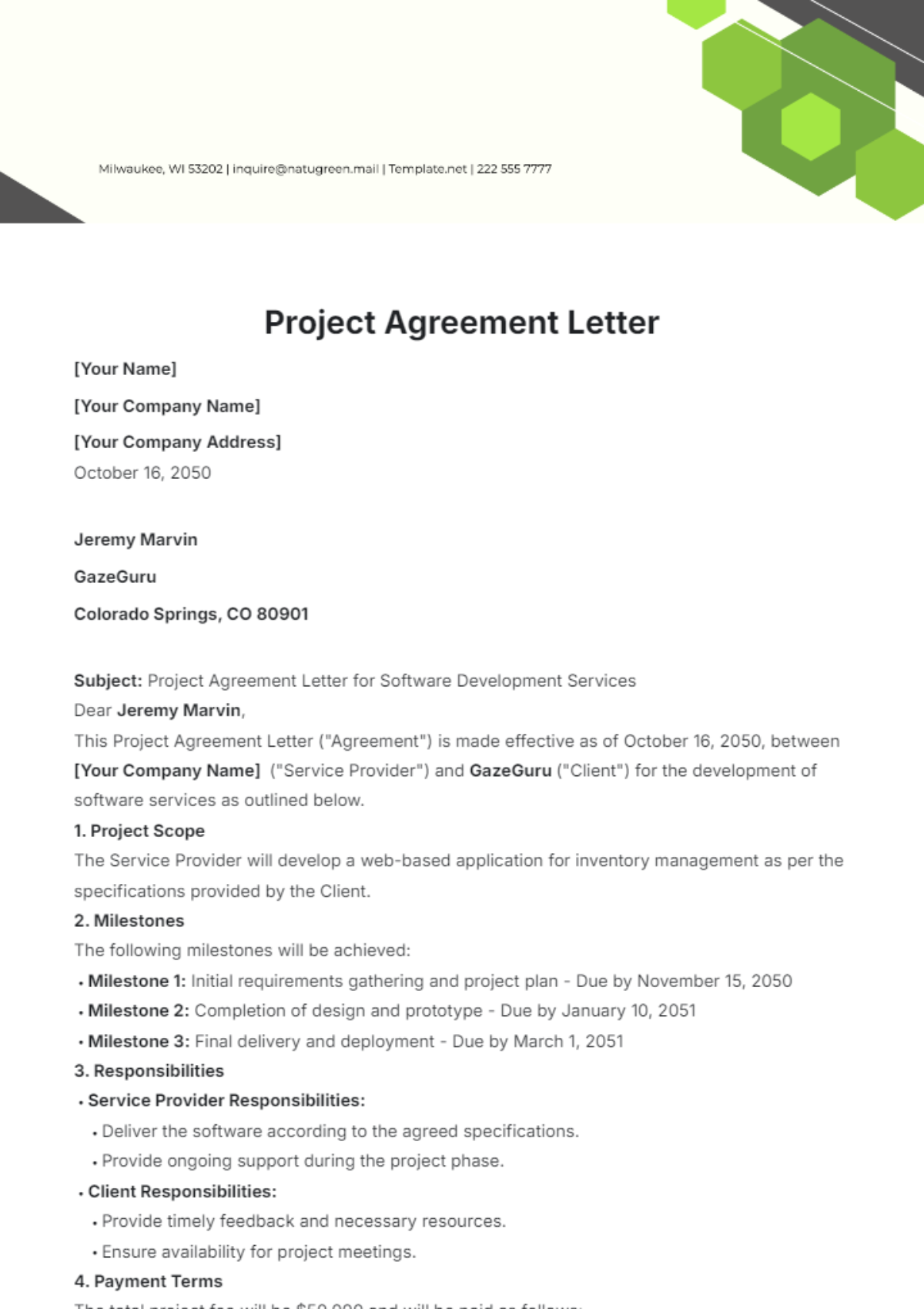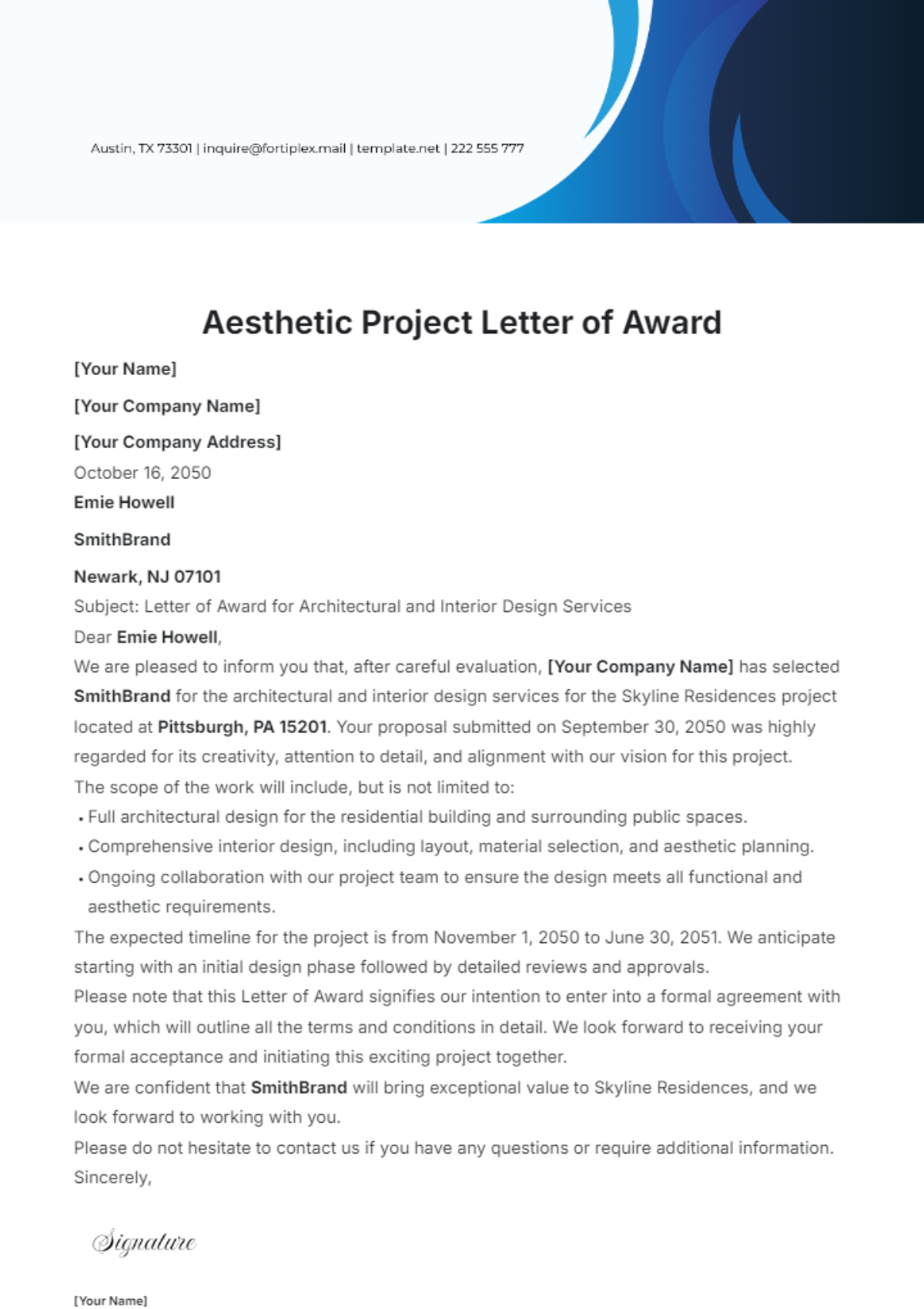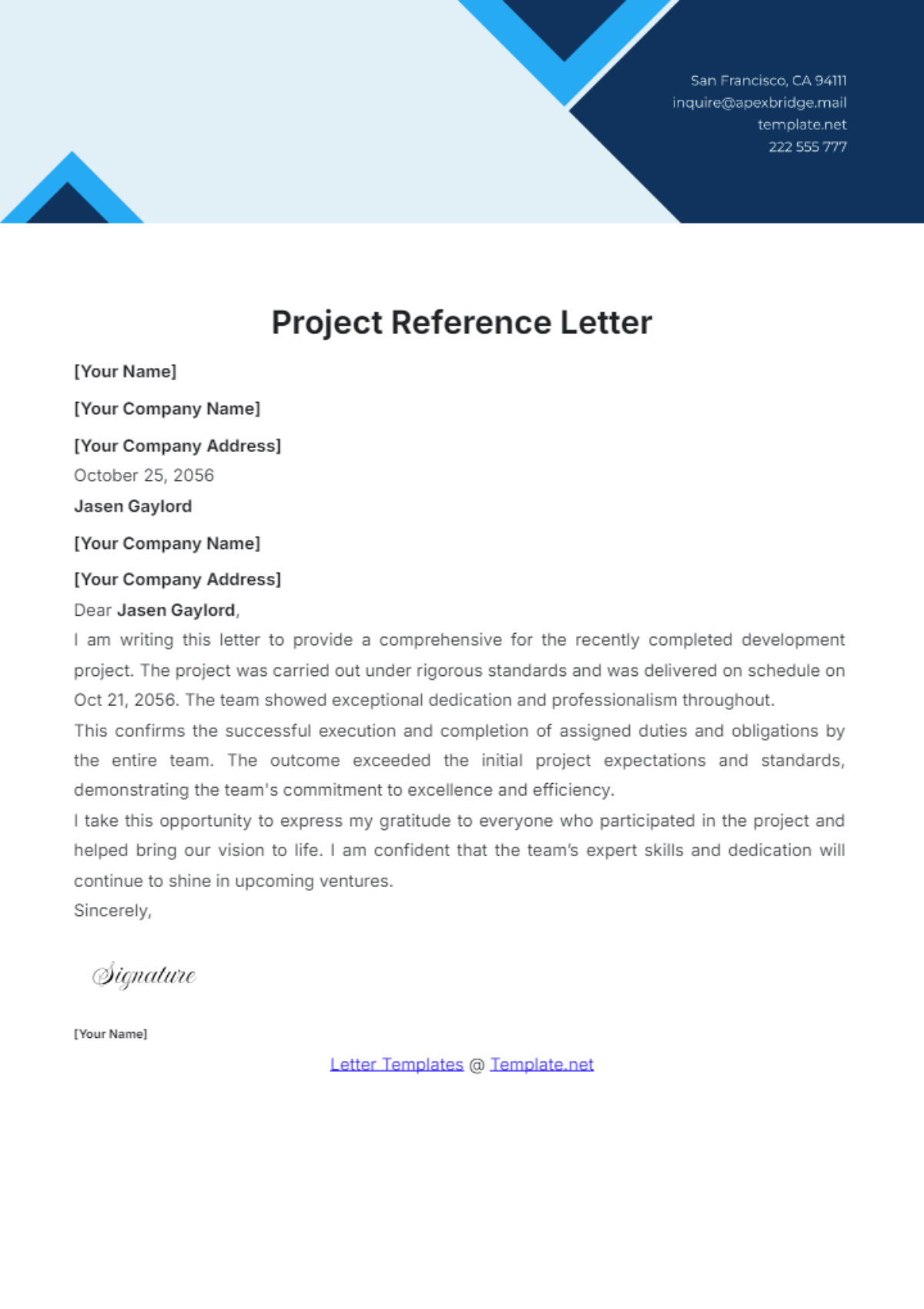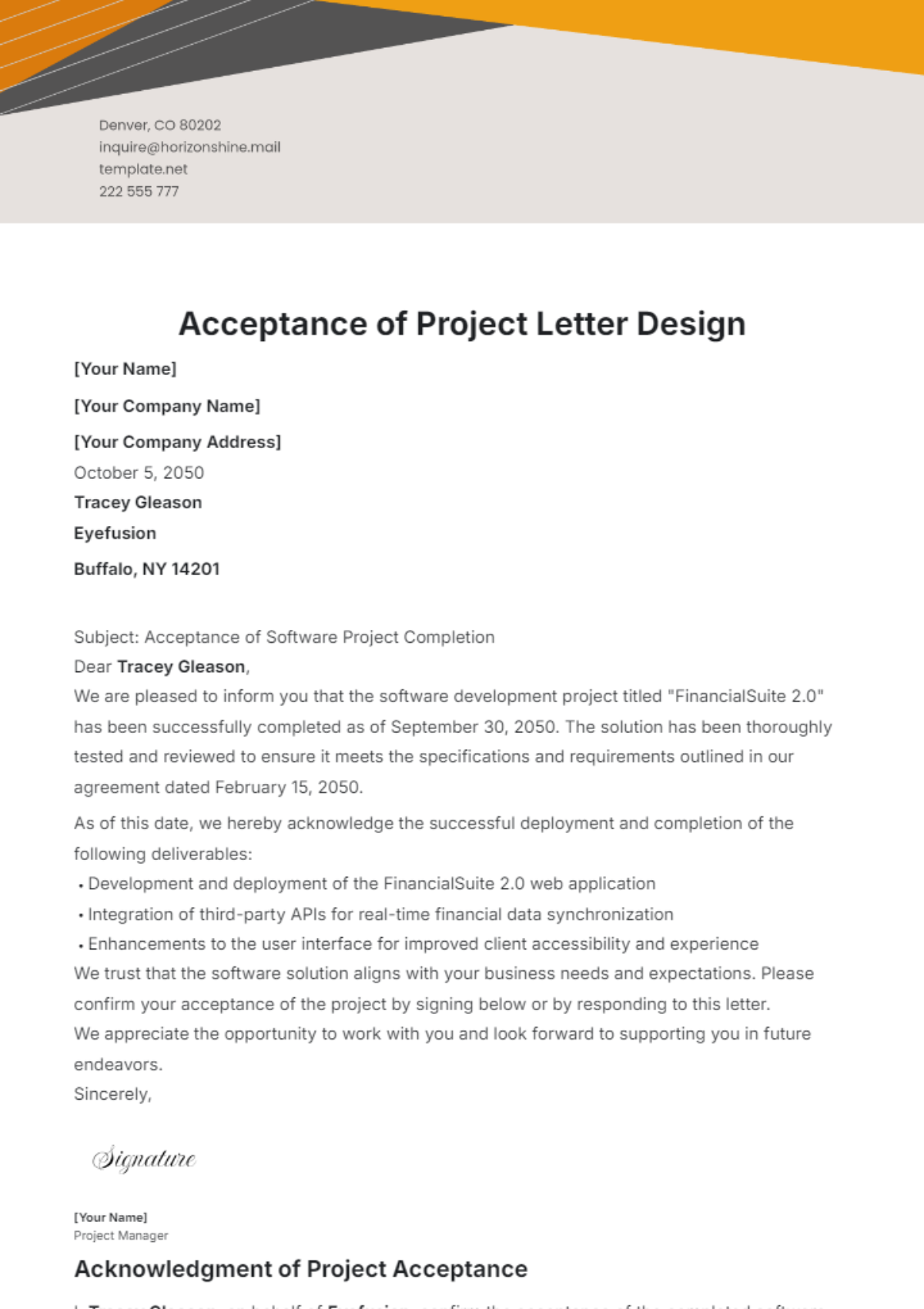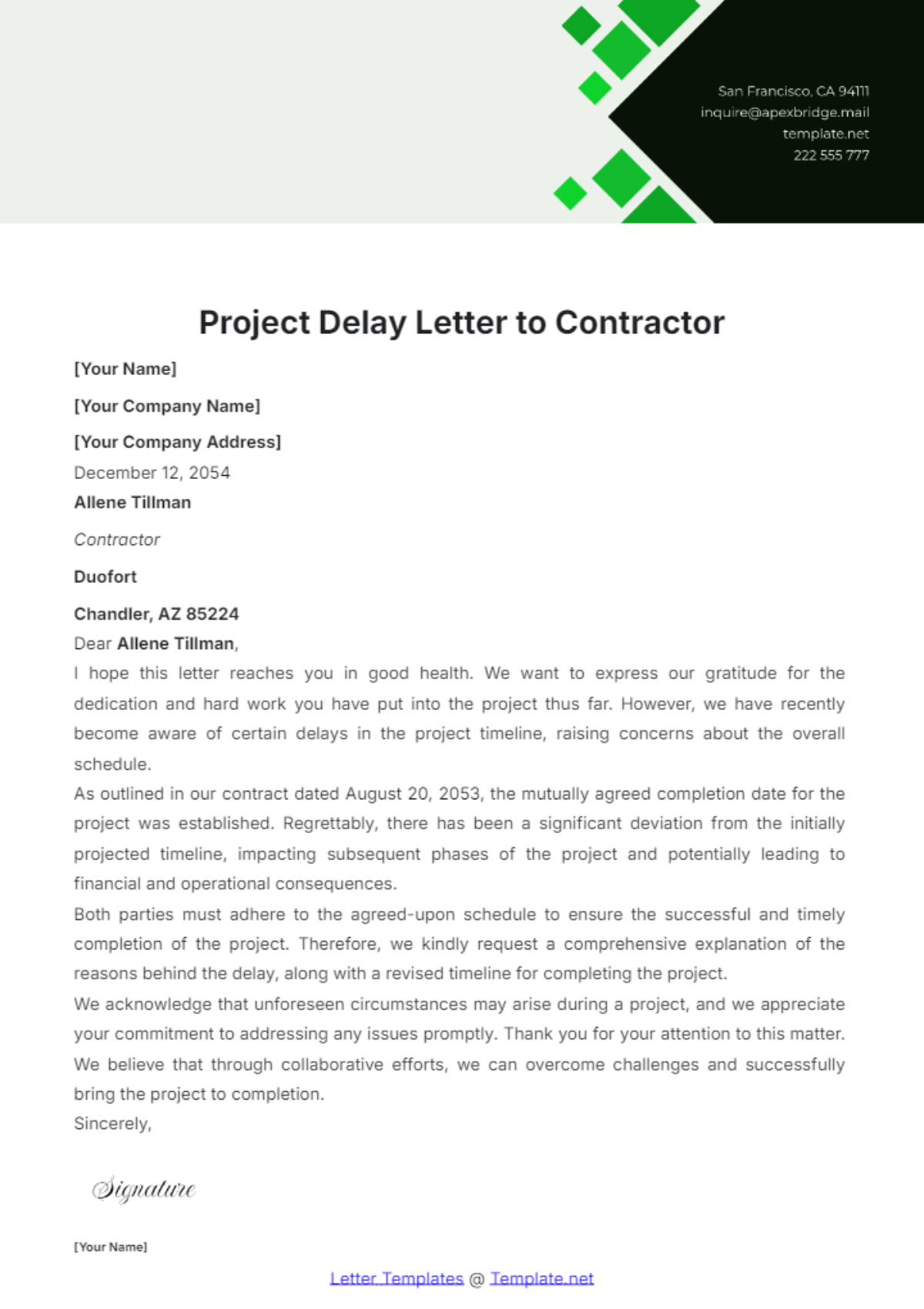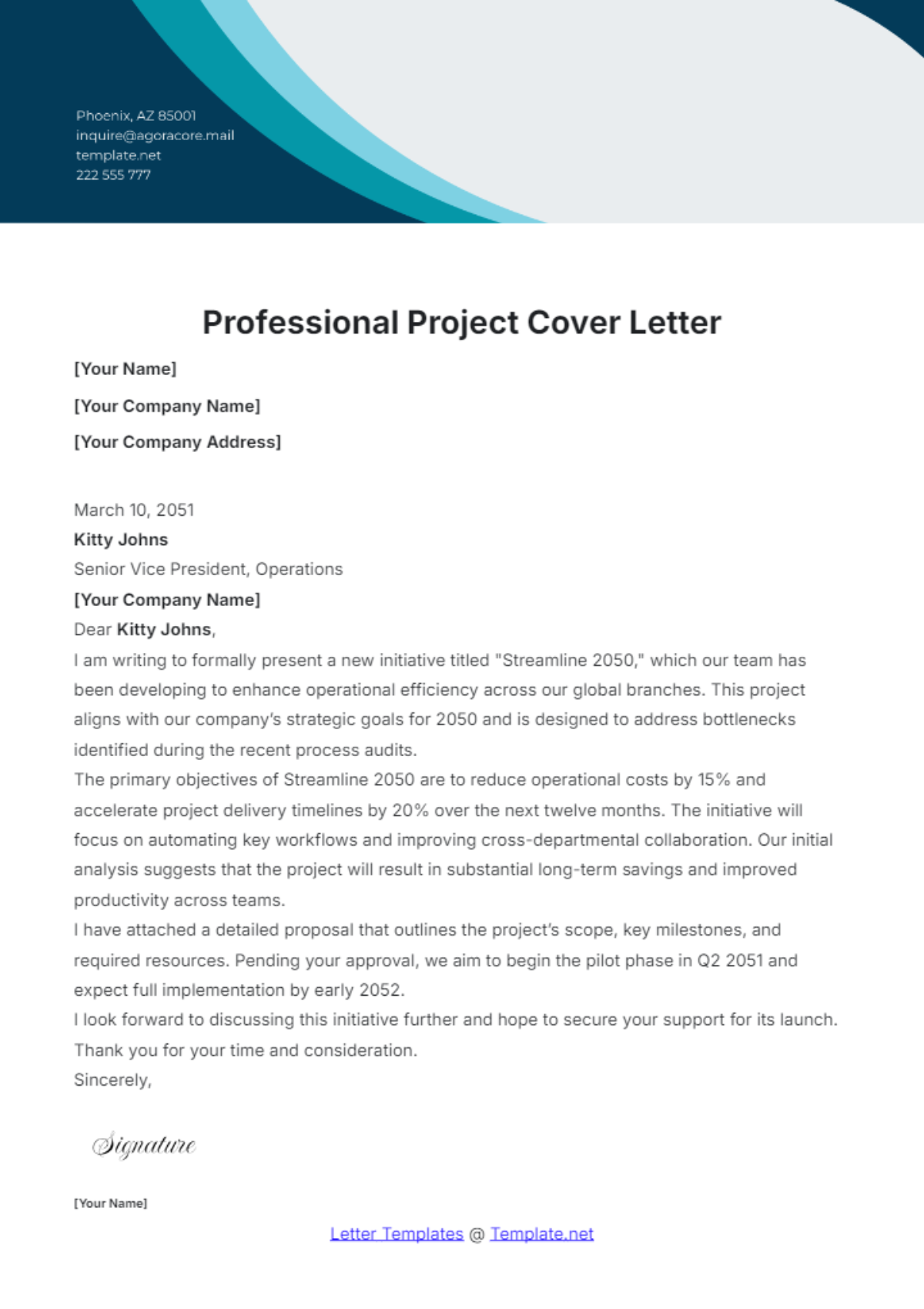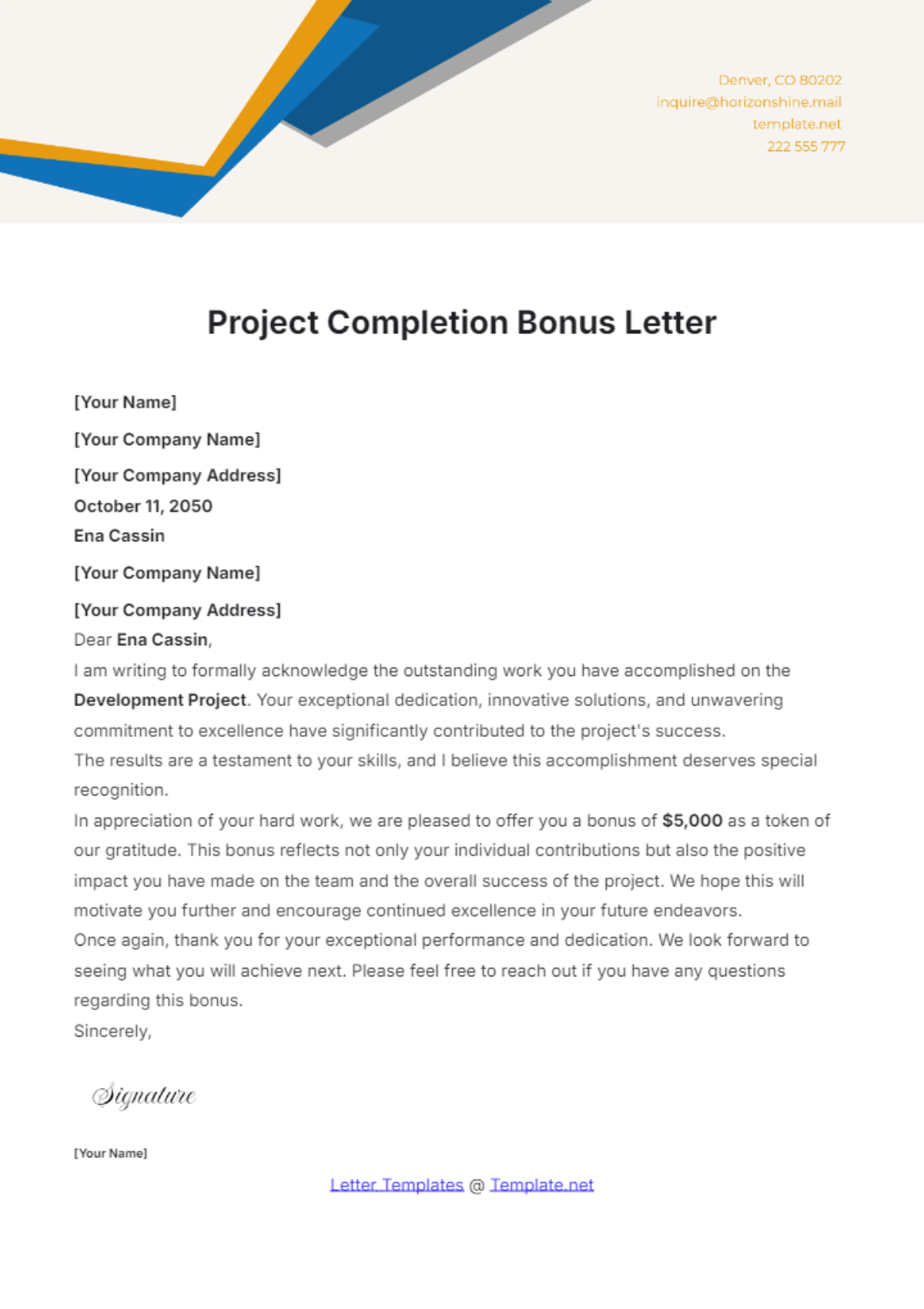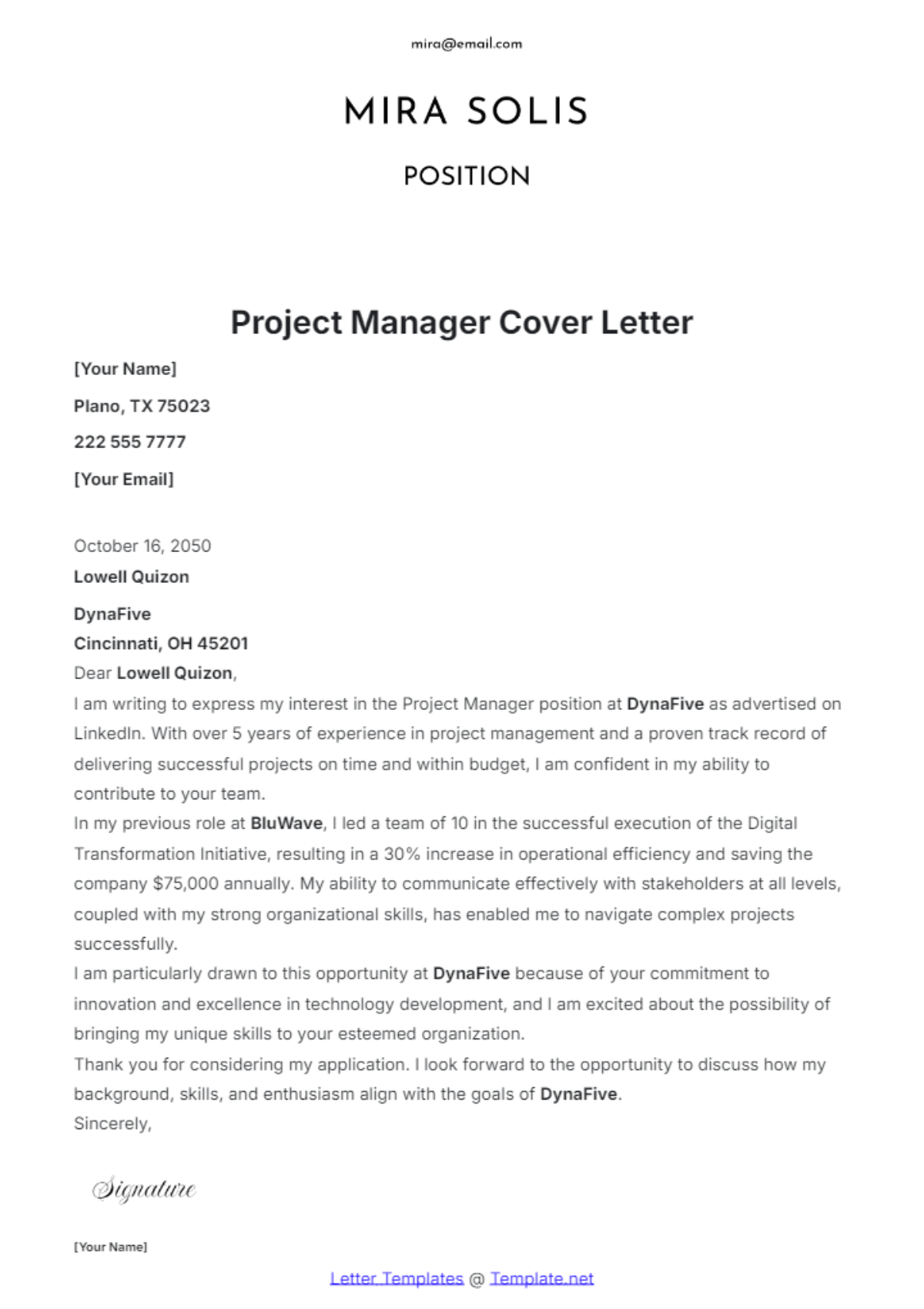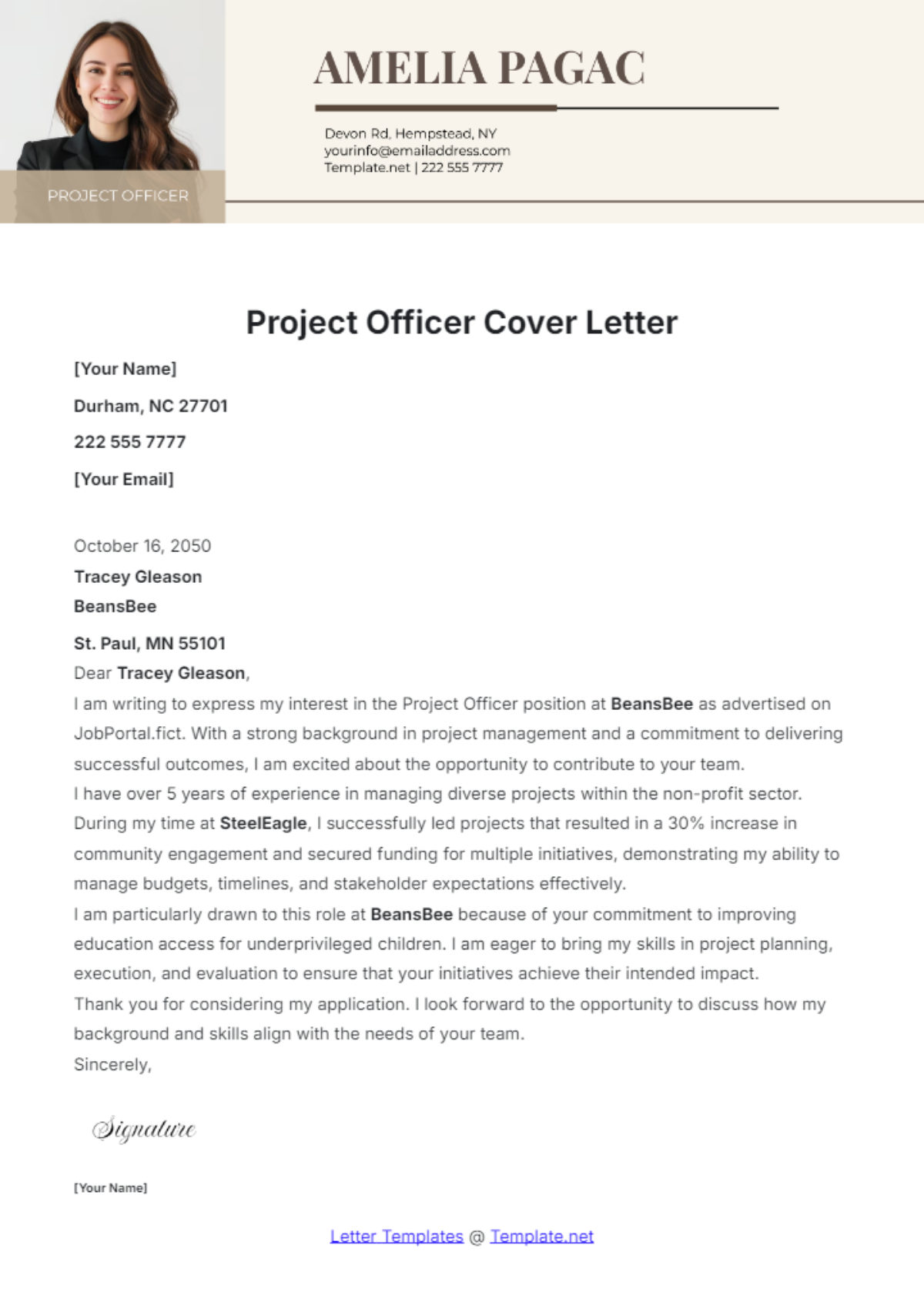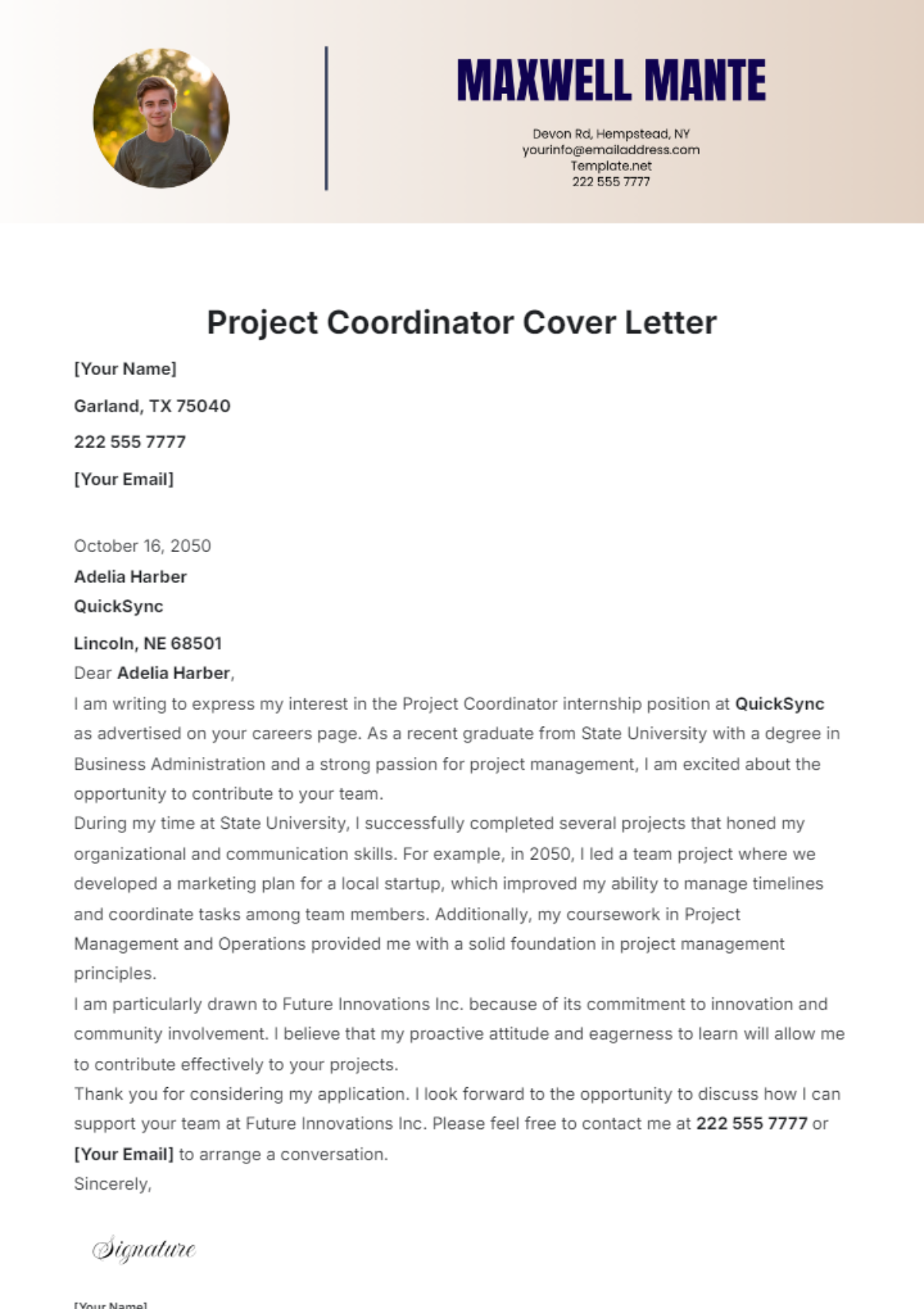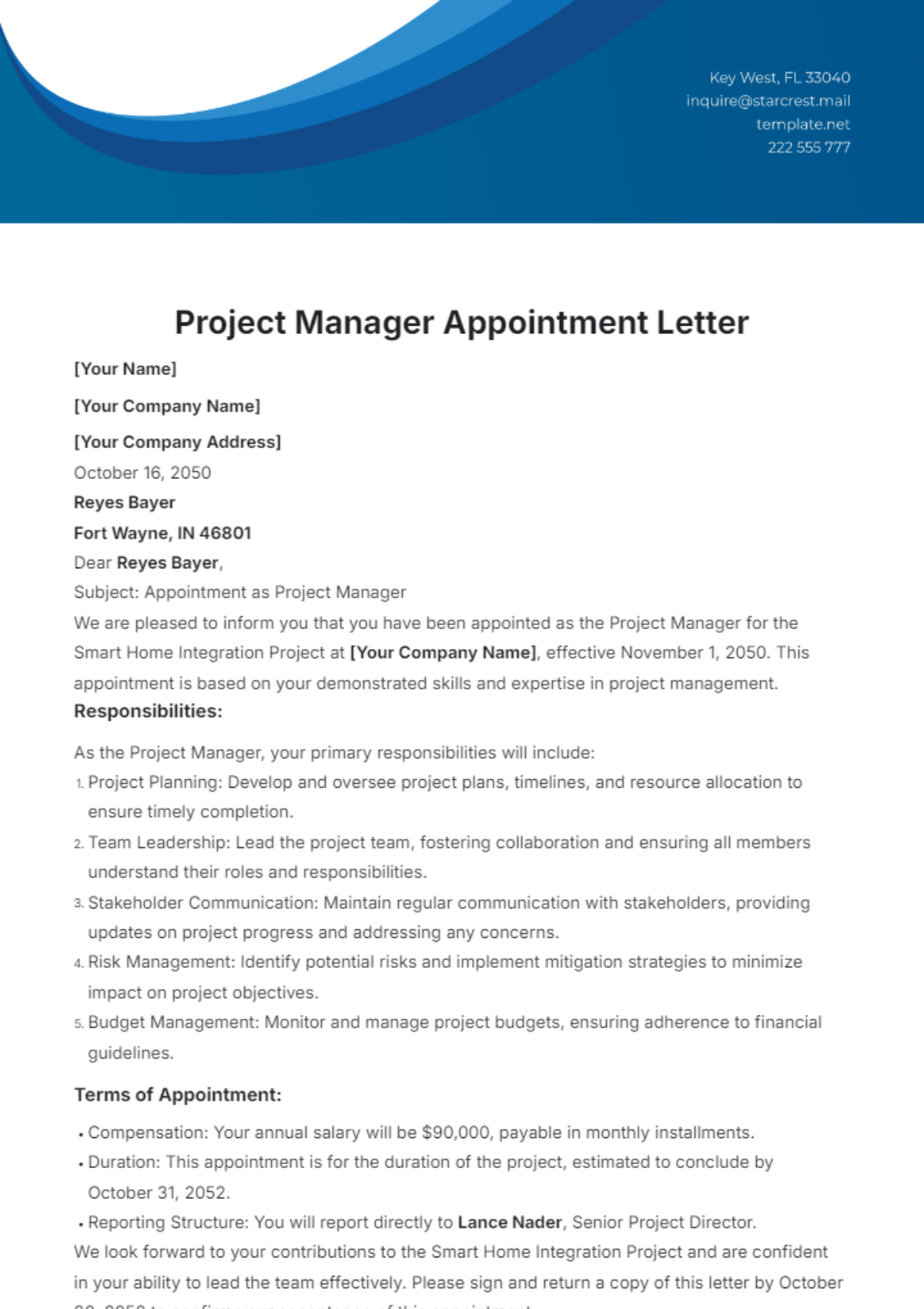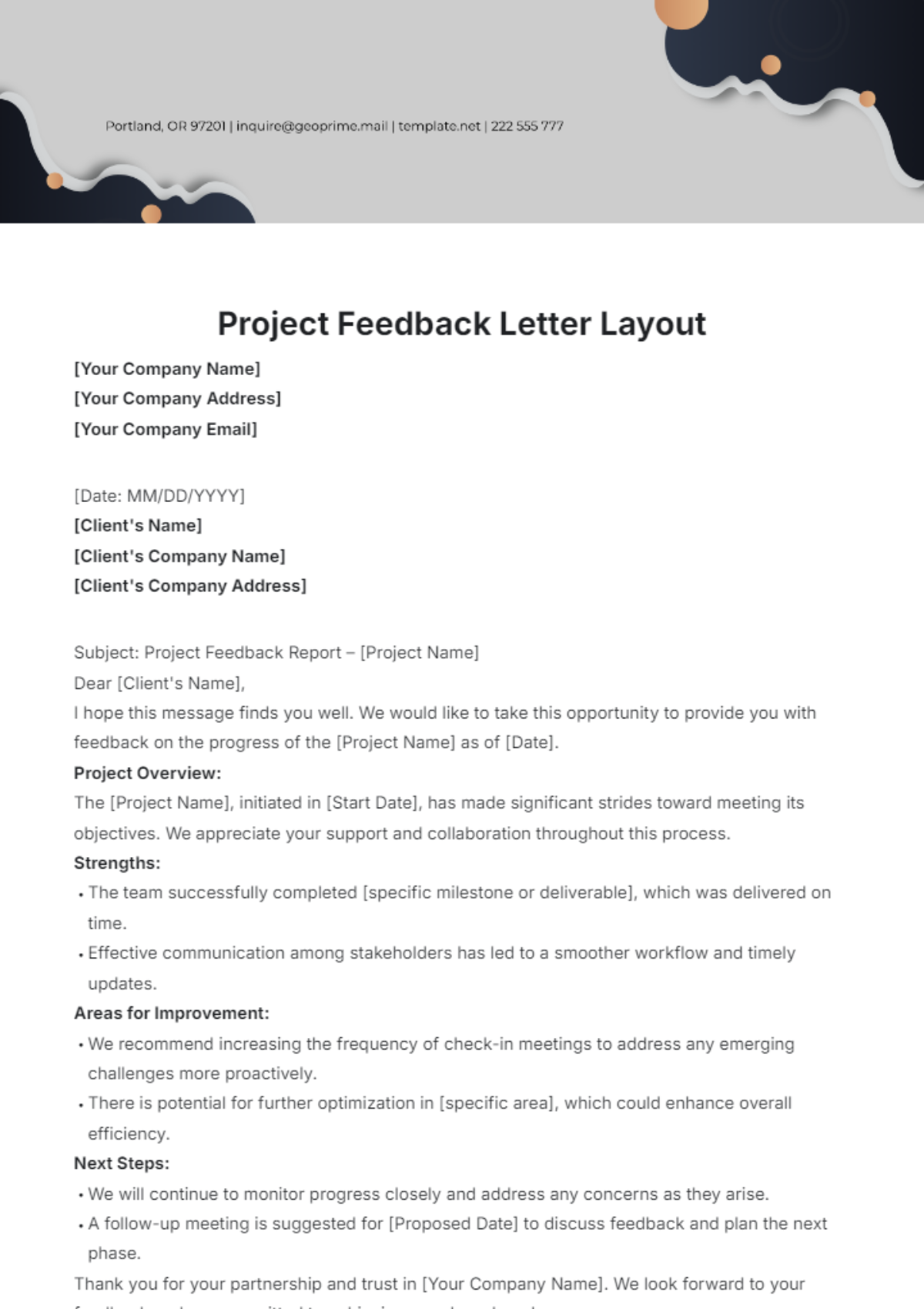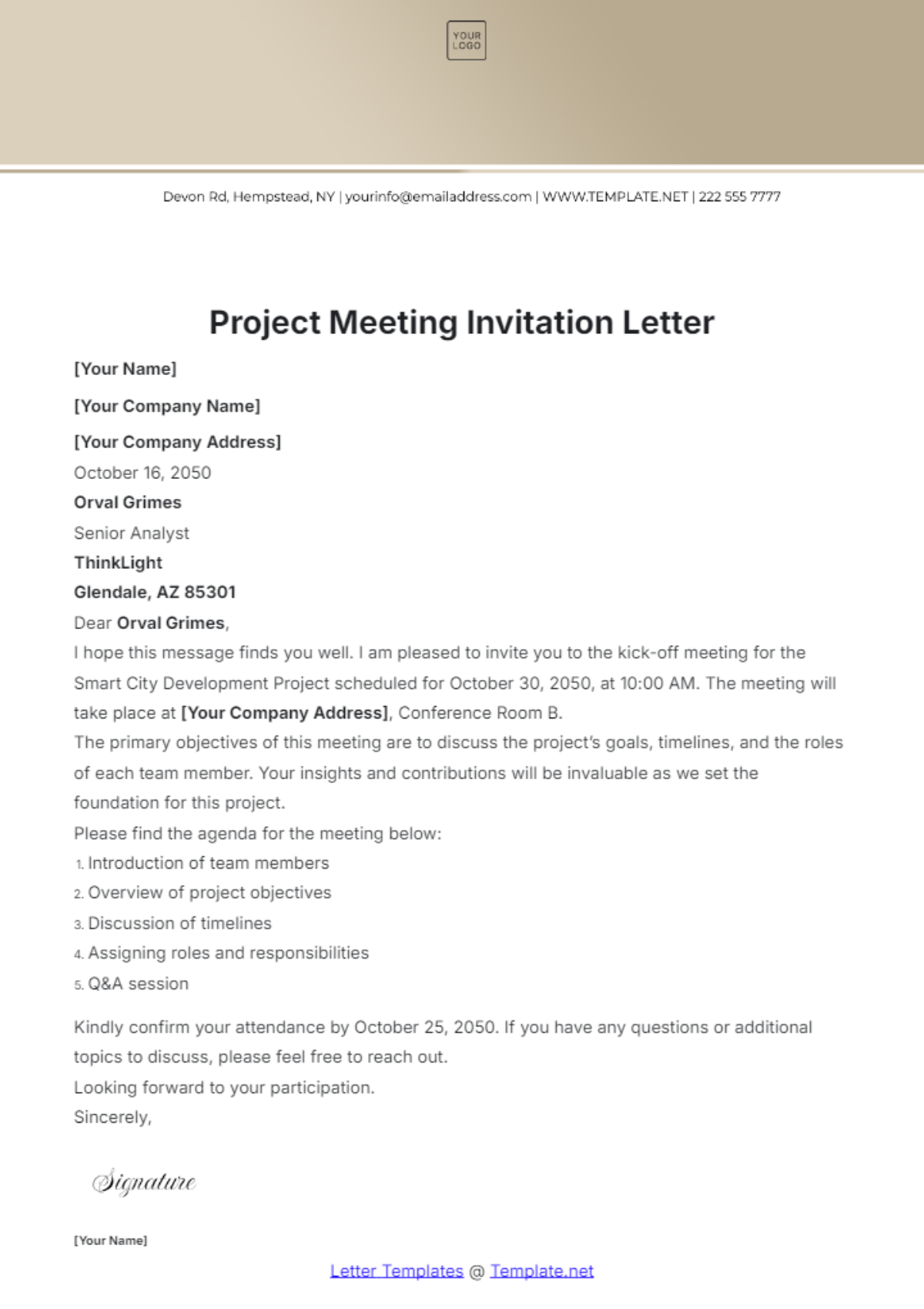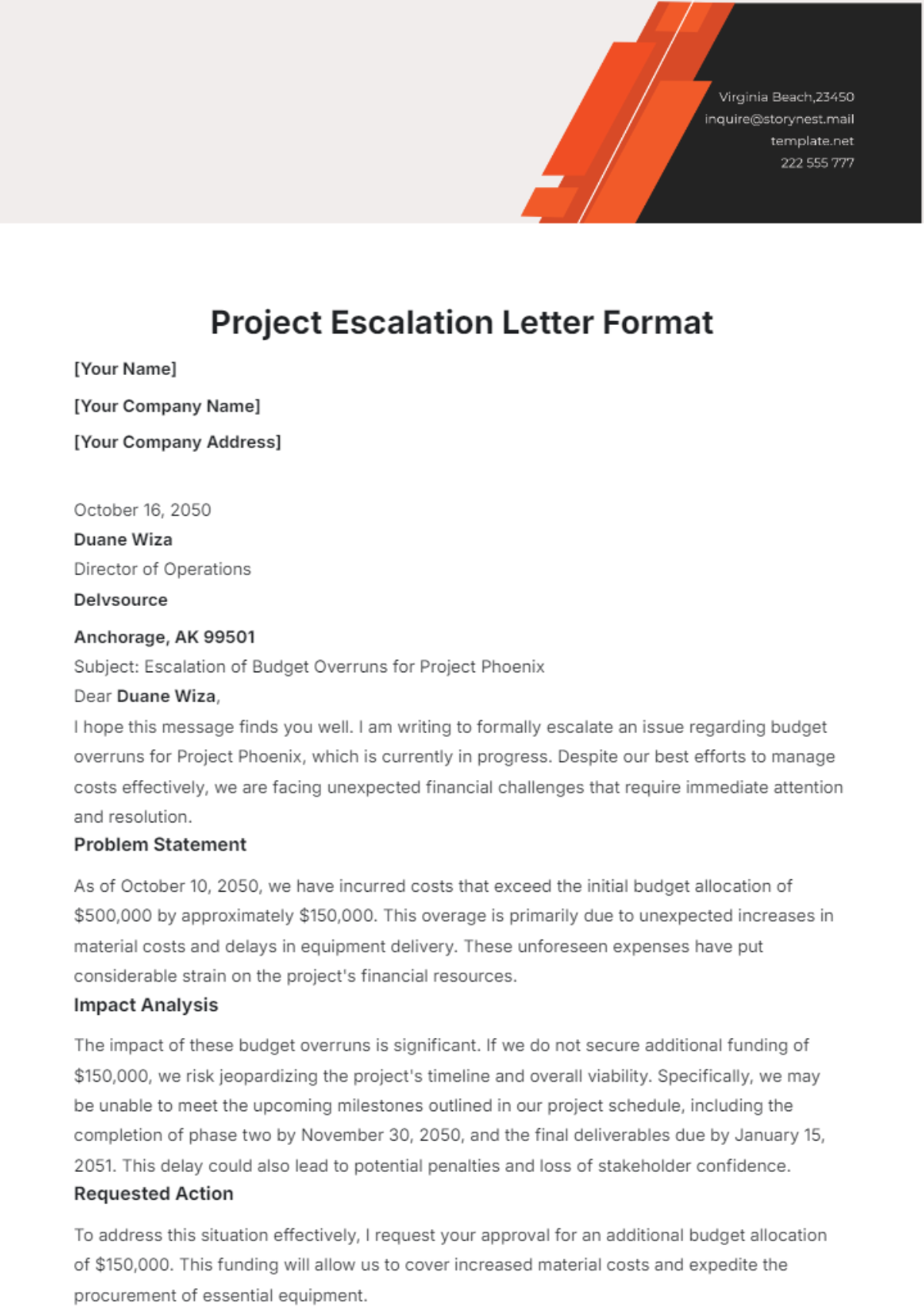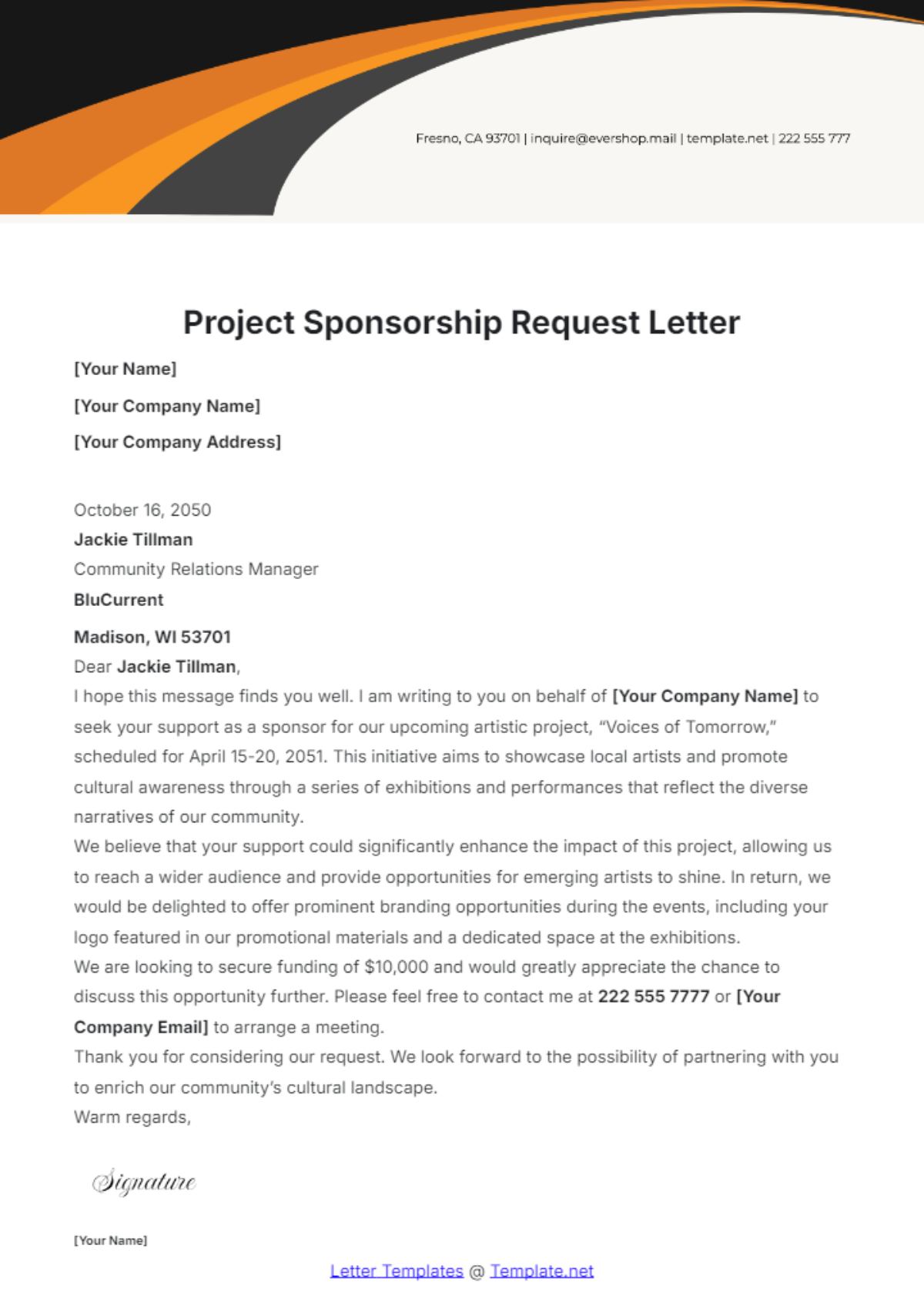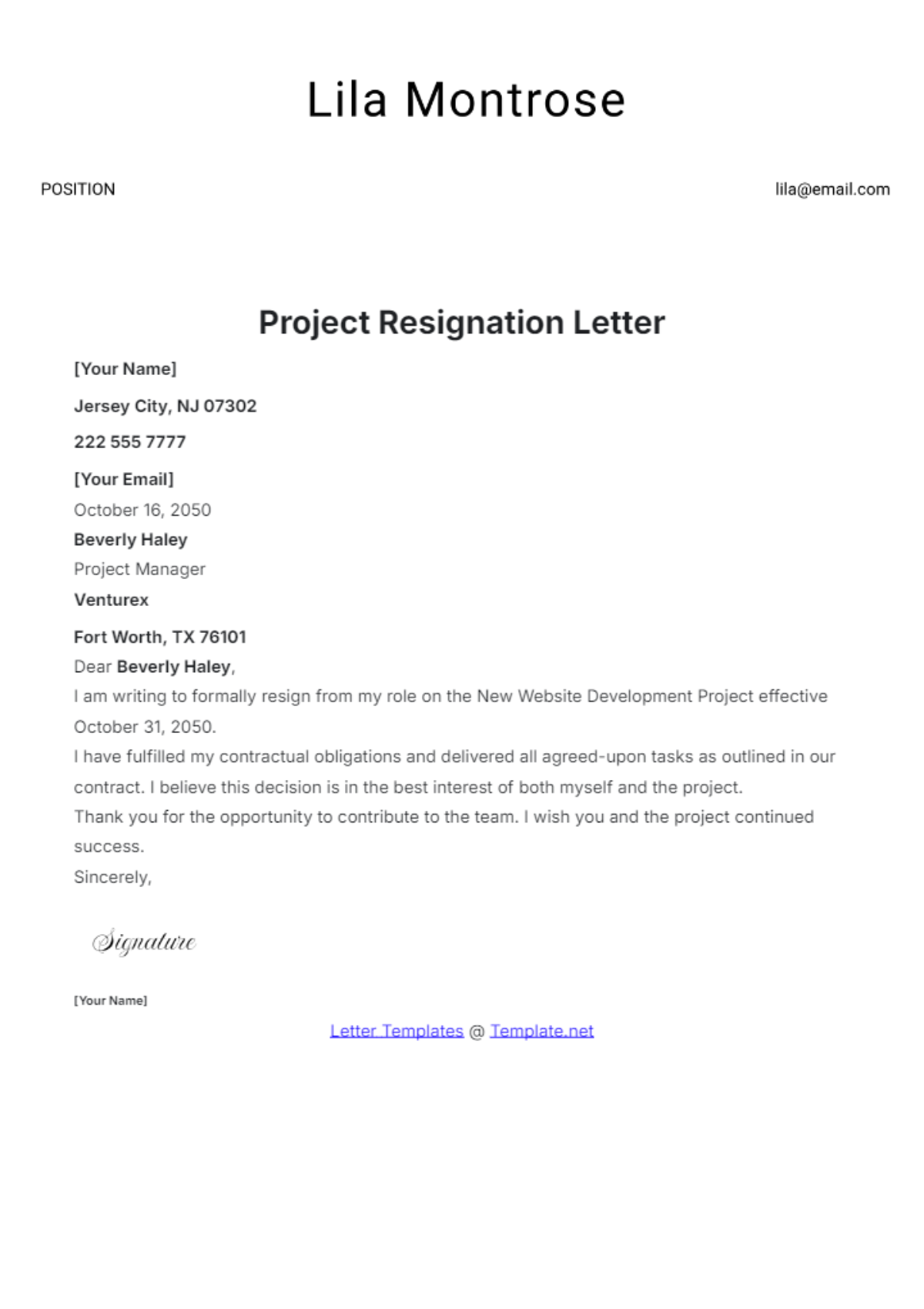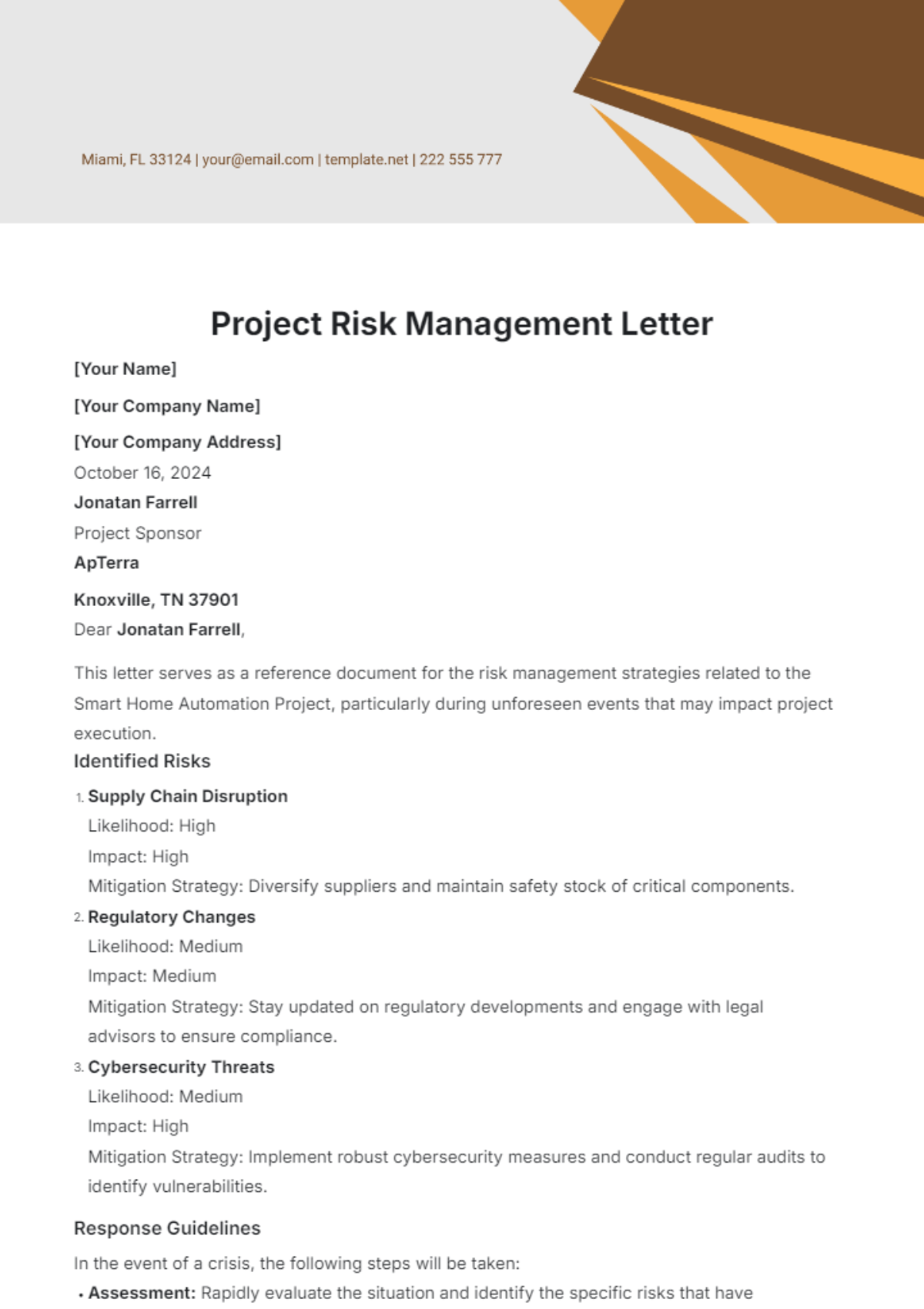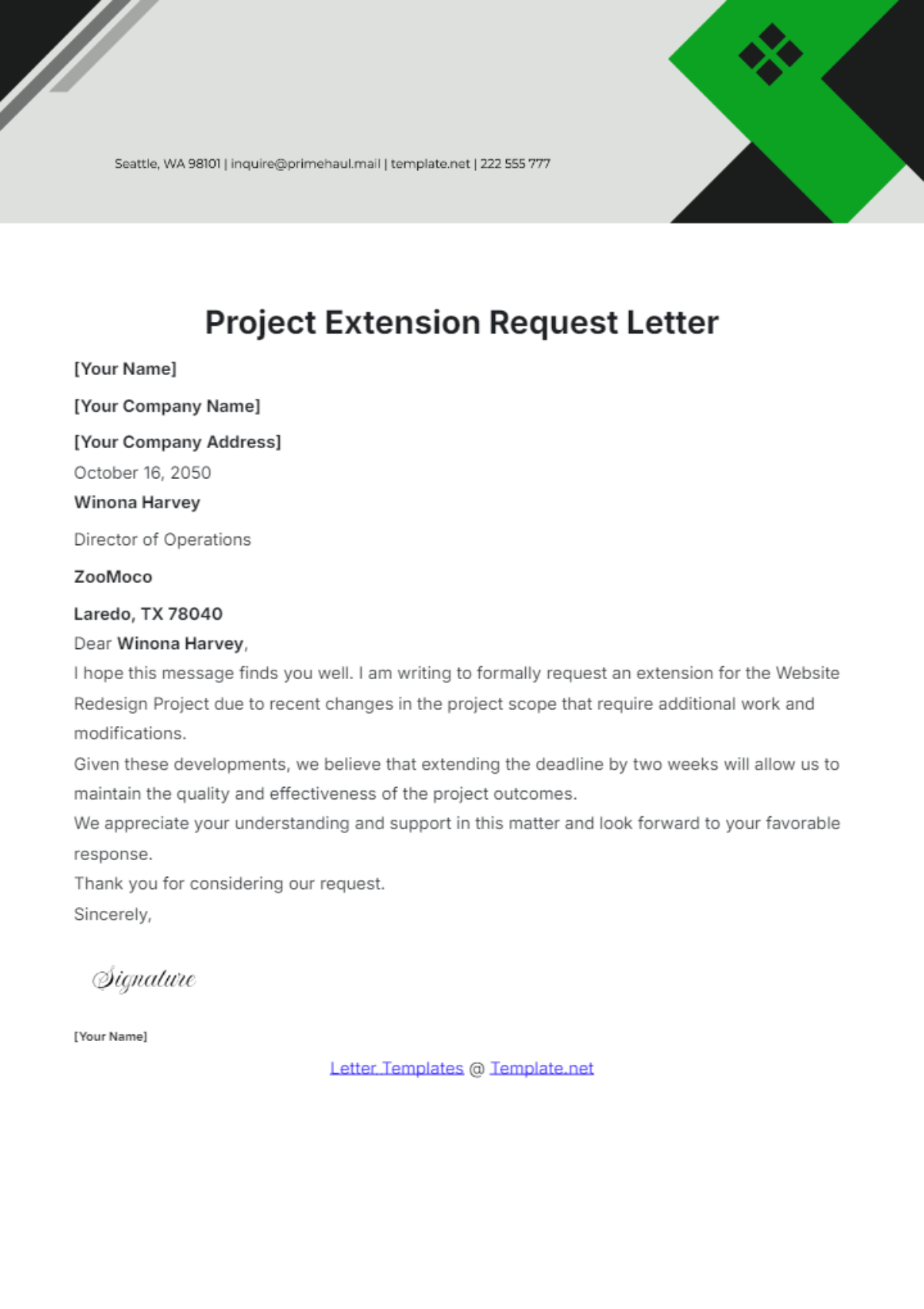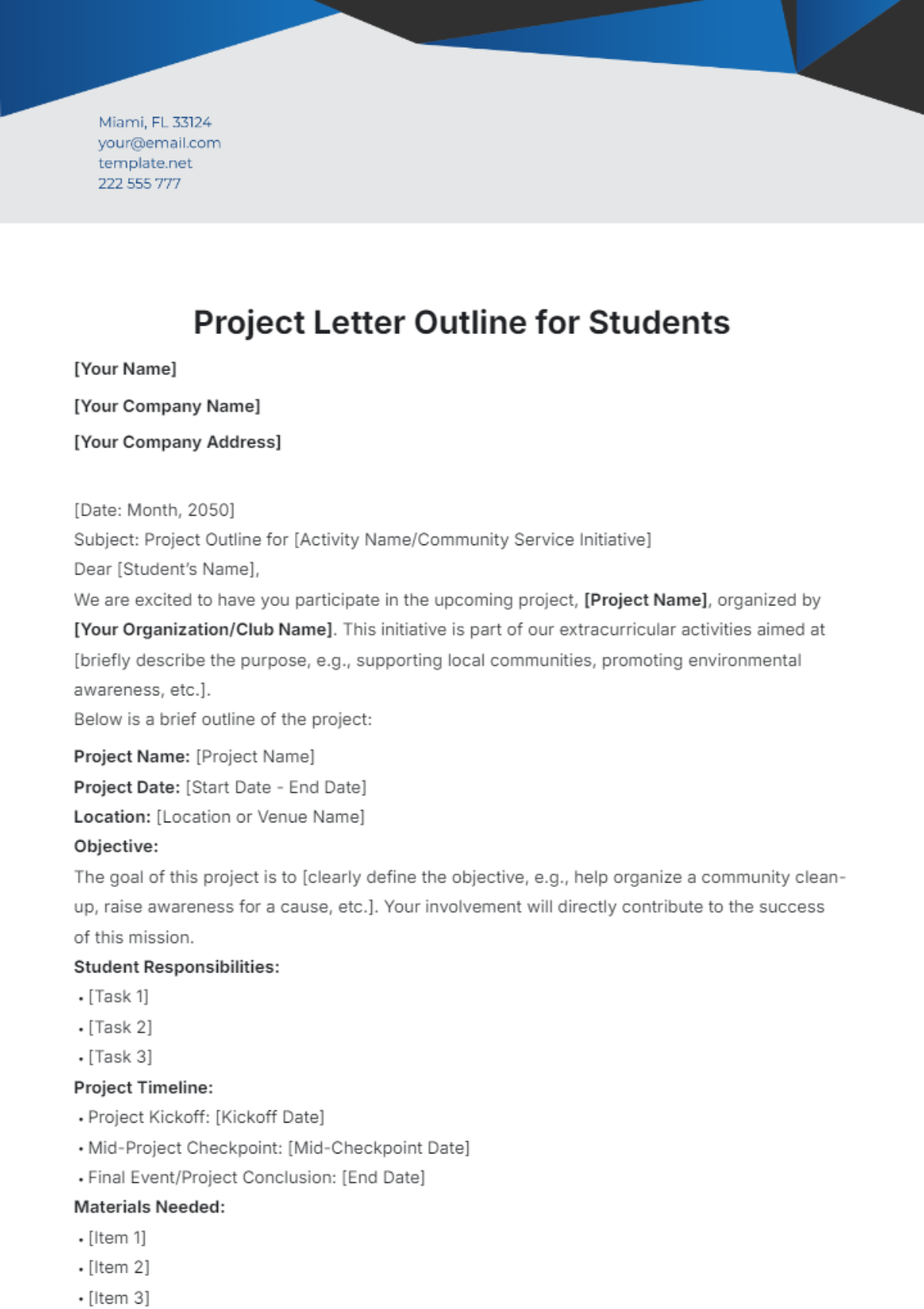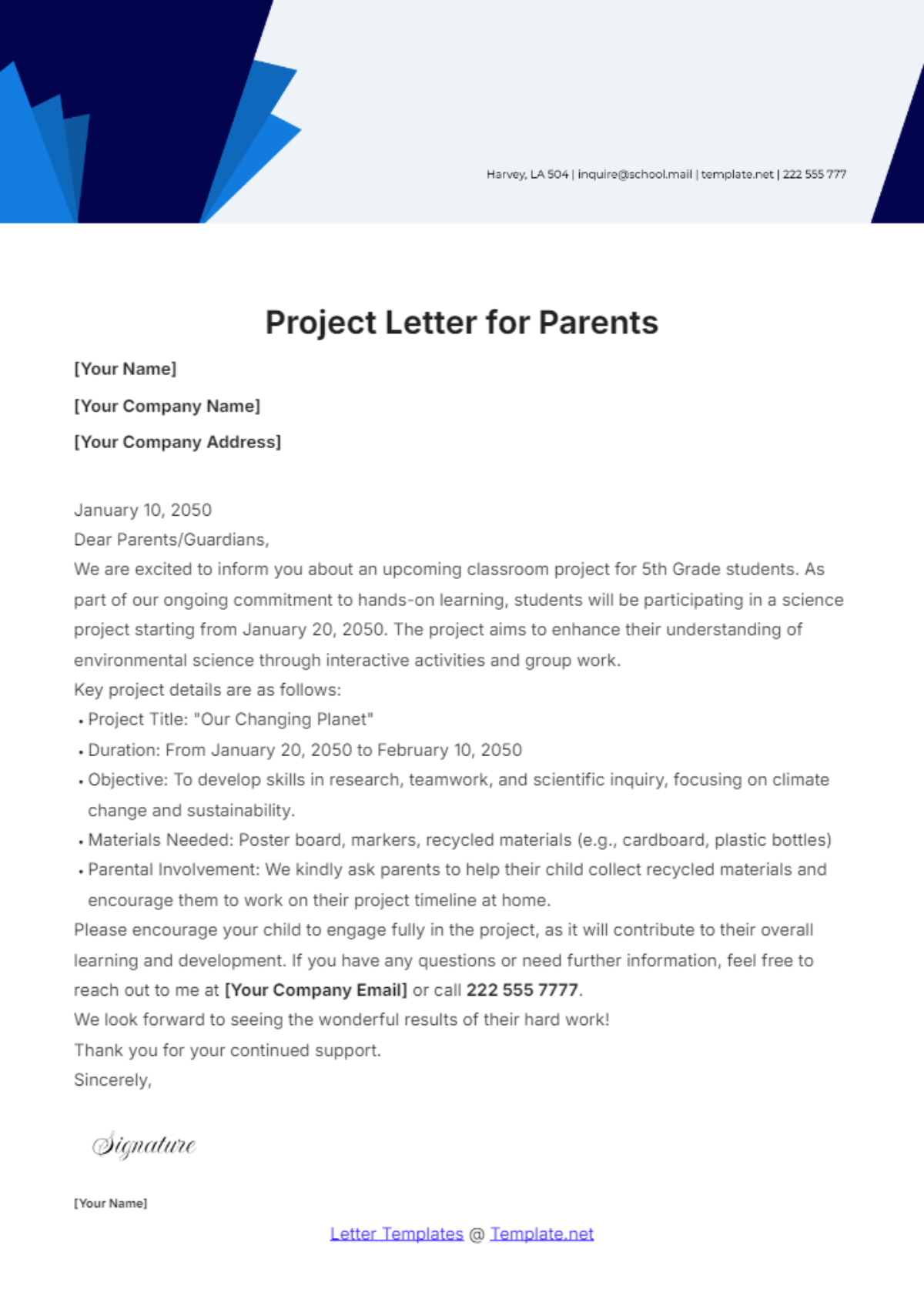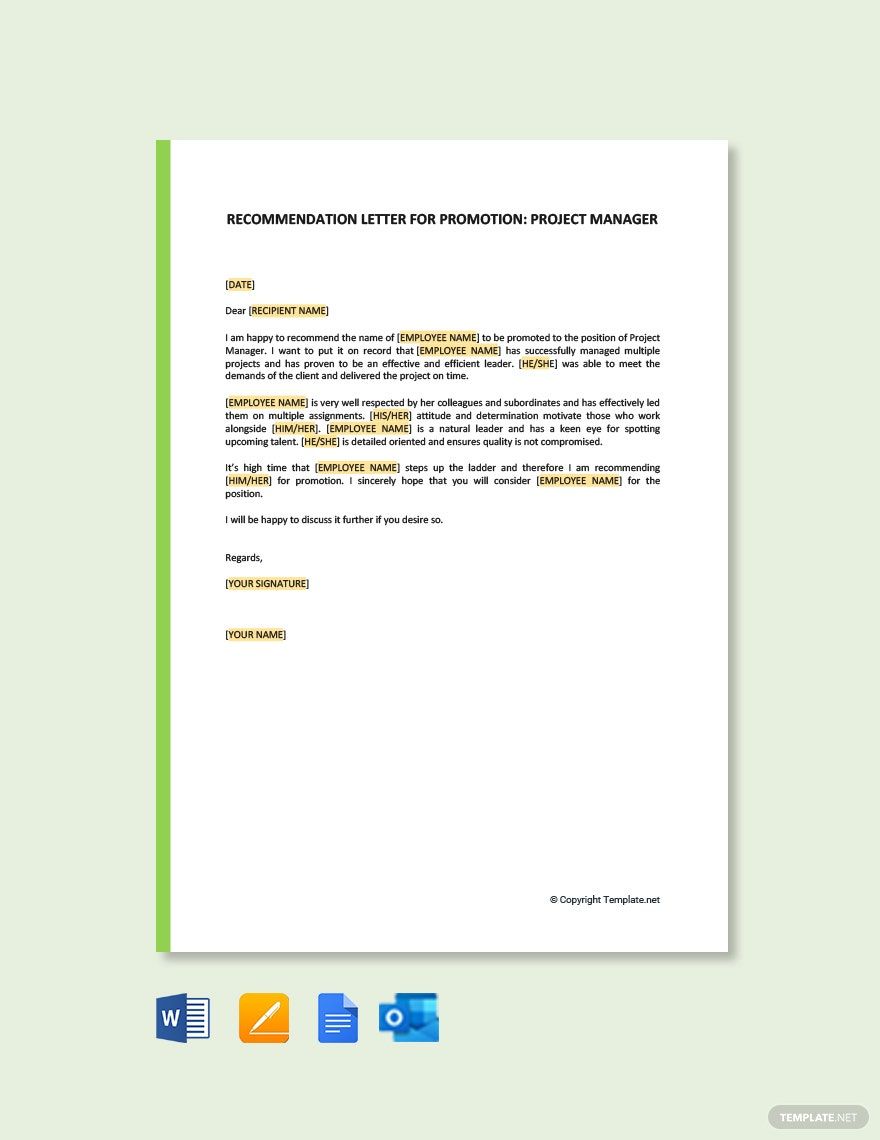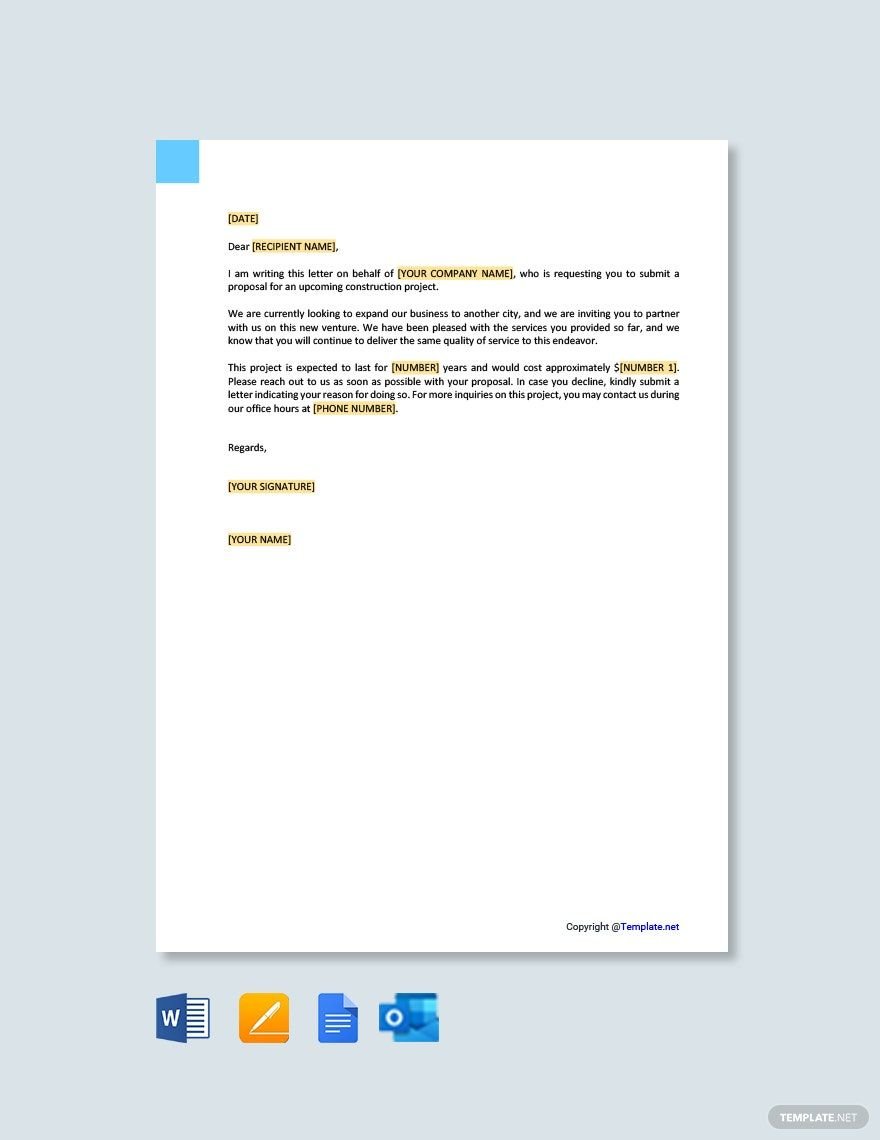Make Your Professional Communication Seamless with Project Letter Templates from Template.net
Keep your business communications engaging, efficient, and professional with Project Letter Templates from Template.net. Perfect for business professionals and project managers, these templates assist you in drafting polished letters and proposals with ease. Whether you're promoting a new project or inviting stakeholders to a crucial meeting, our templates provide a structured solution. Each template includes essential details like date, recipient information, and contact details, saving you time and effort. No specialized skills are required—enjoy professional-grade design and layouts that are both print-ready and suitable for digital distribution. Customize these templates to fit your specific needs, and maintain a coherent brand image across all your correspondence.
Discover the many project letter templates we have on hand—each one crafted for utility and style. Start by selecting a template that best suits your needs and effortlessly swap in your project’s assets. Tailor colors and fonts with just a few clicks to align with your brand's identity. Enhance your communication with advanced touches like draggable icons, graphics, and AI-powered text tools that suggest enhancements while you write. The possibilities are endless, making it easy and fun to create impactful documents without any prior design experience. Stay ahead with our regularly updated templates; new designs are added weekly to keep your communications fresh. When you're finished, conveniently download or share your documents via links, email, or print, making it ideal for multiple channels and enabling real-time collaboration.
